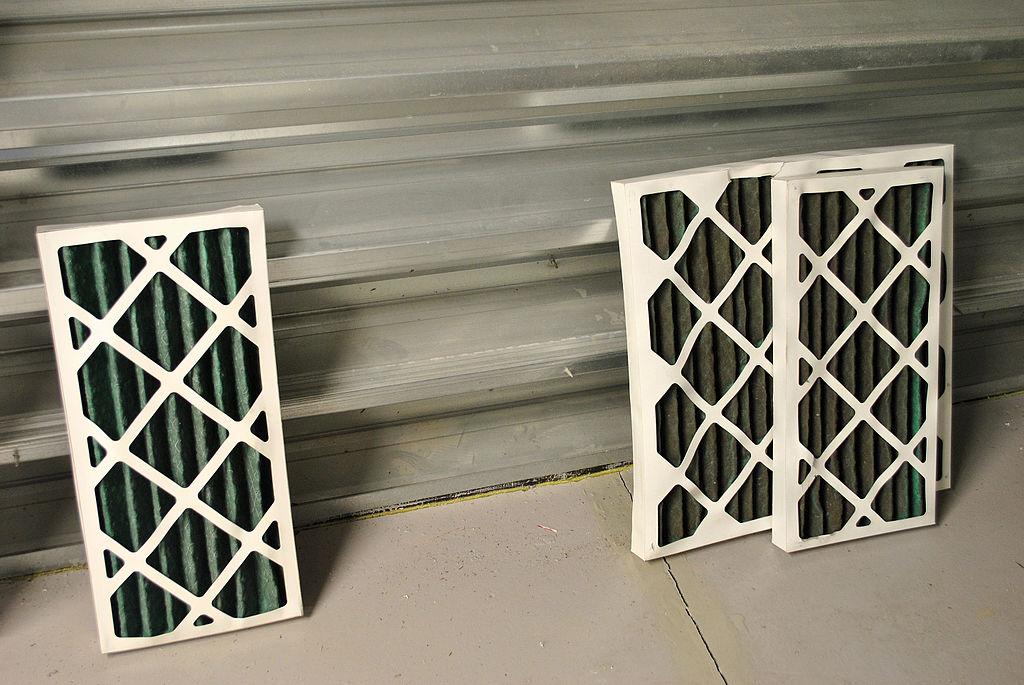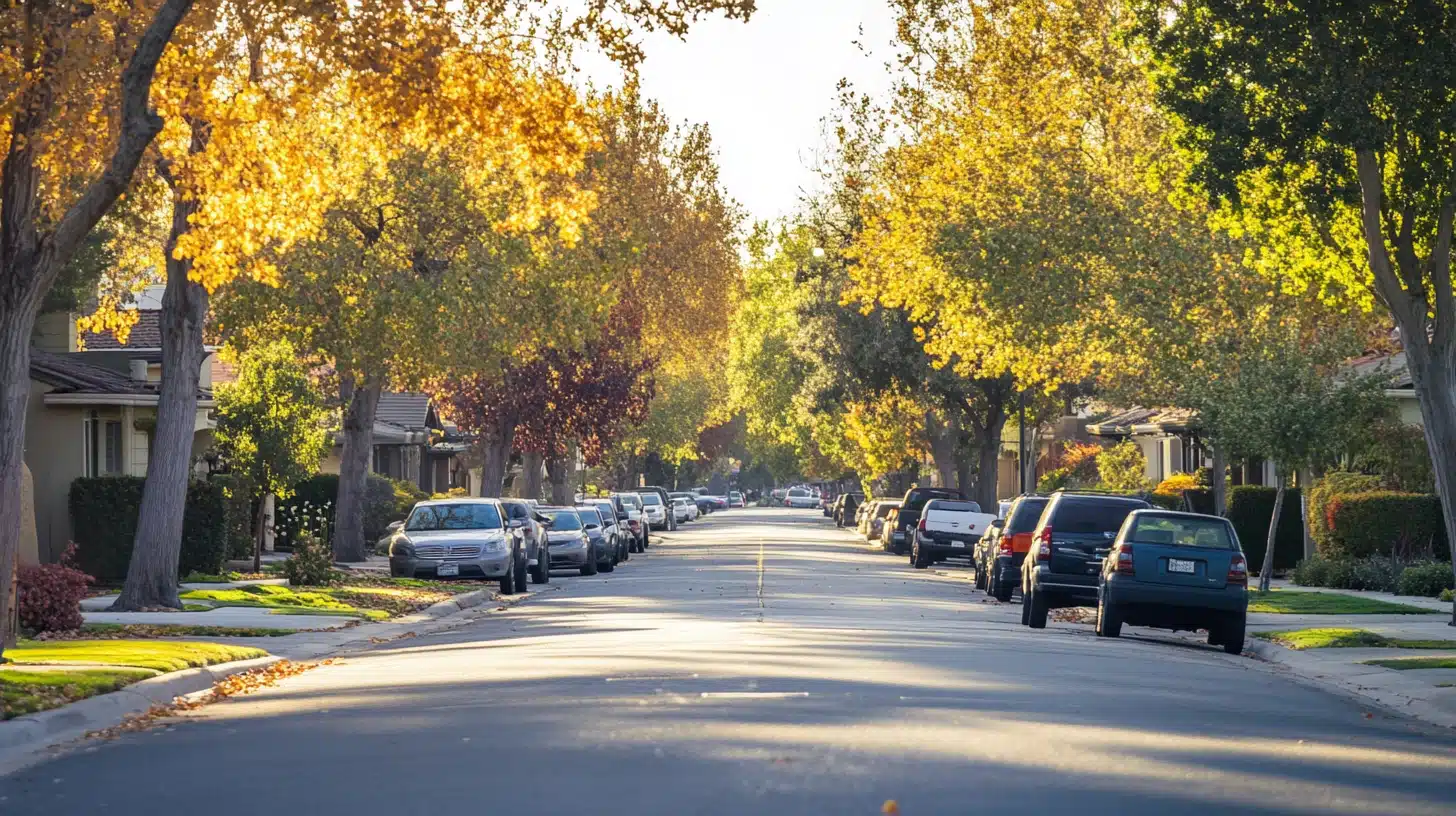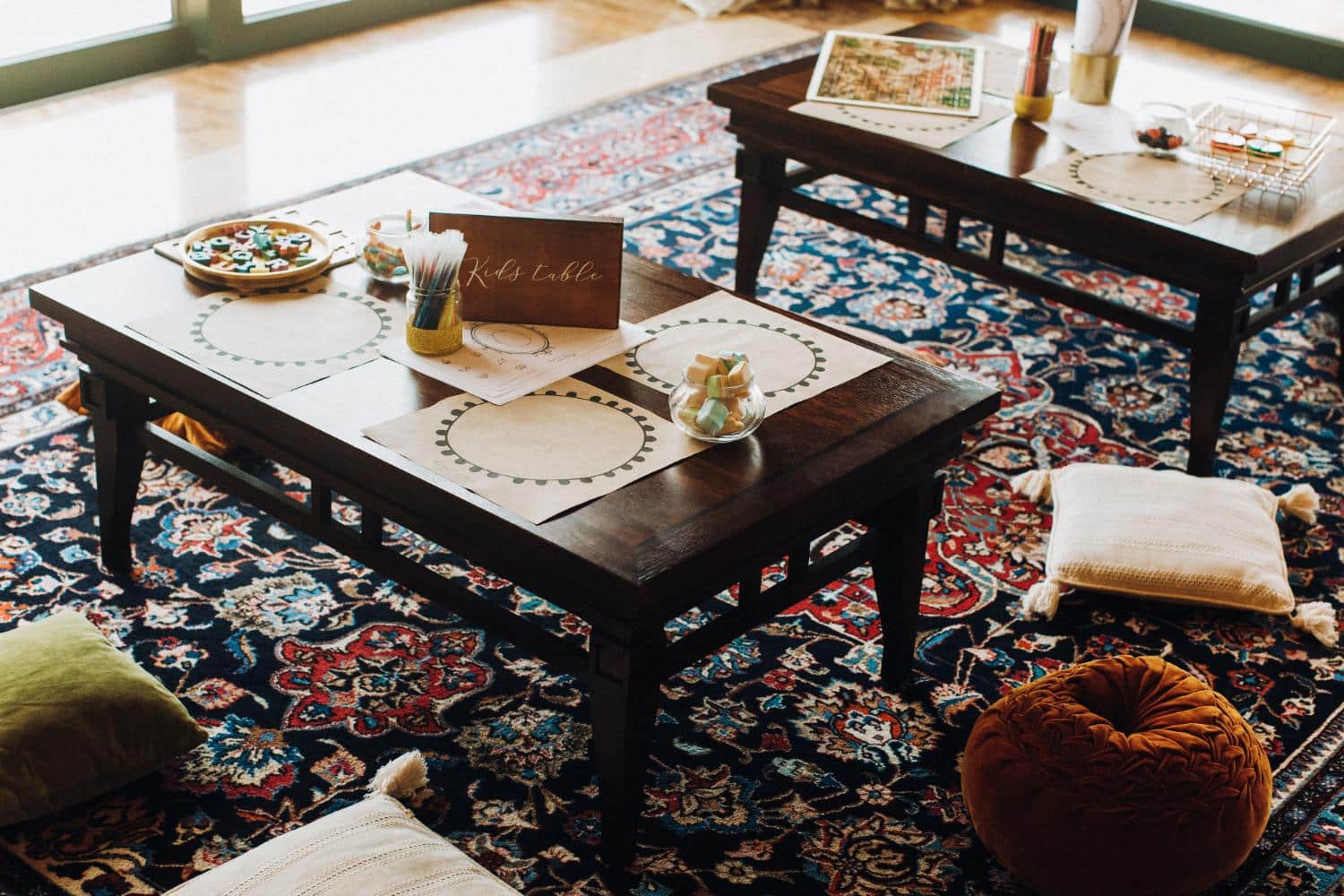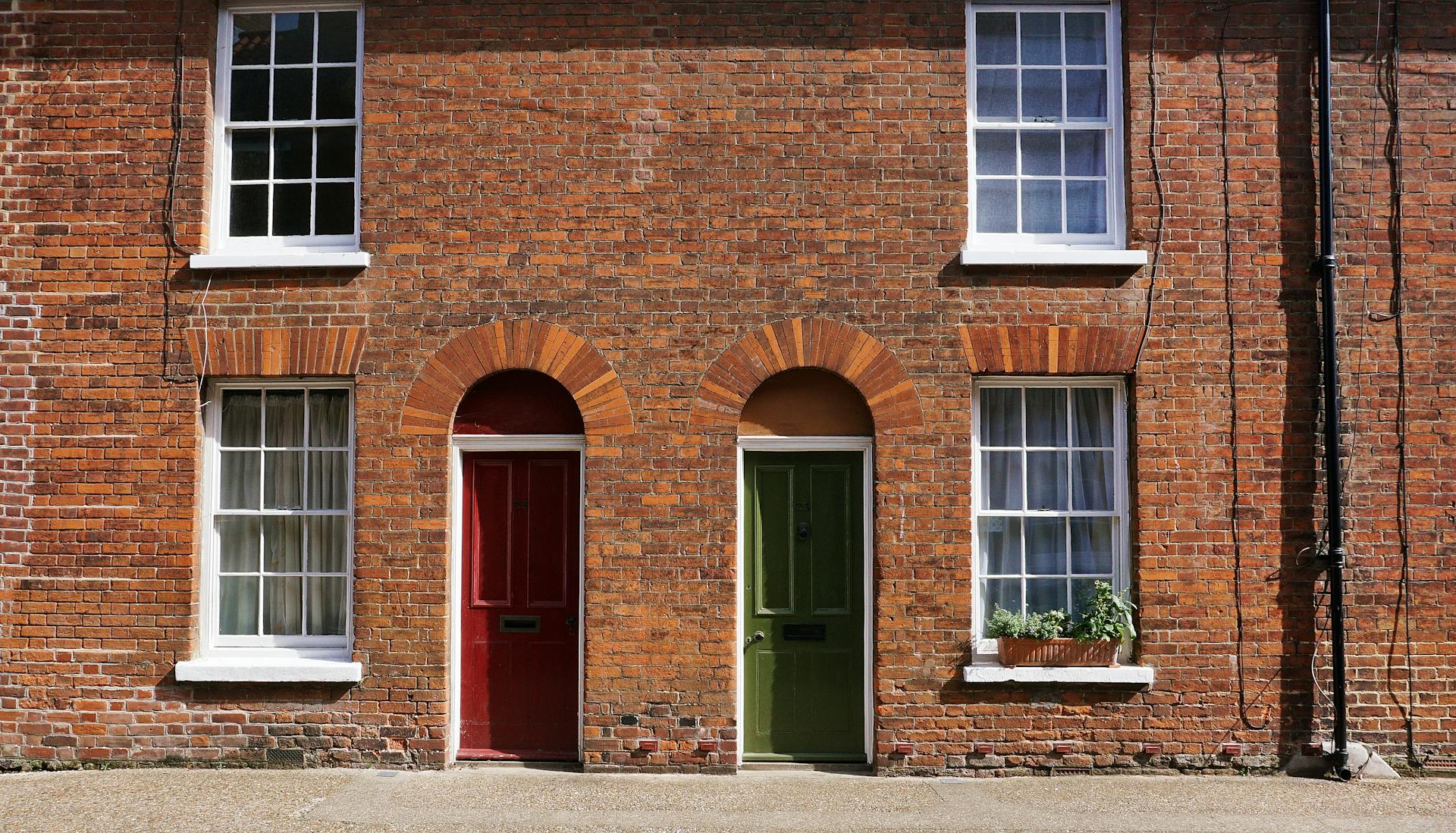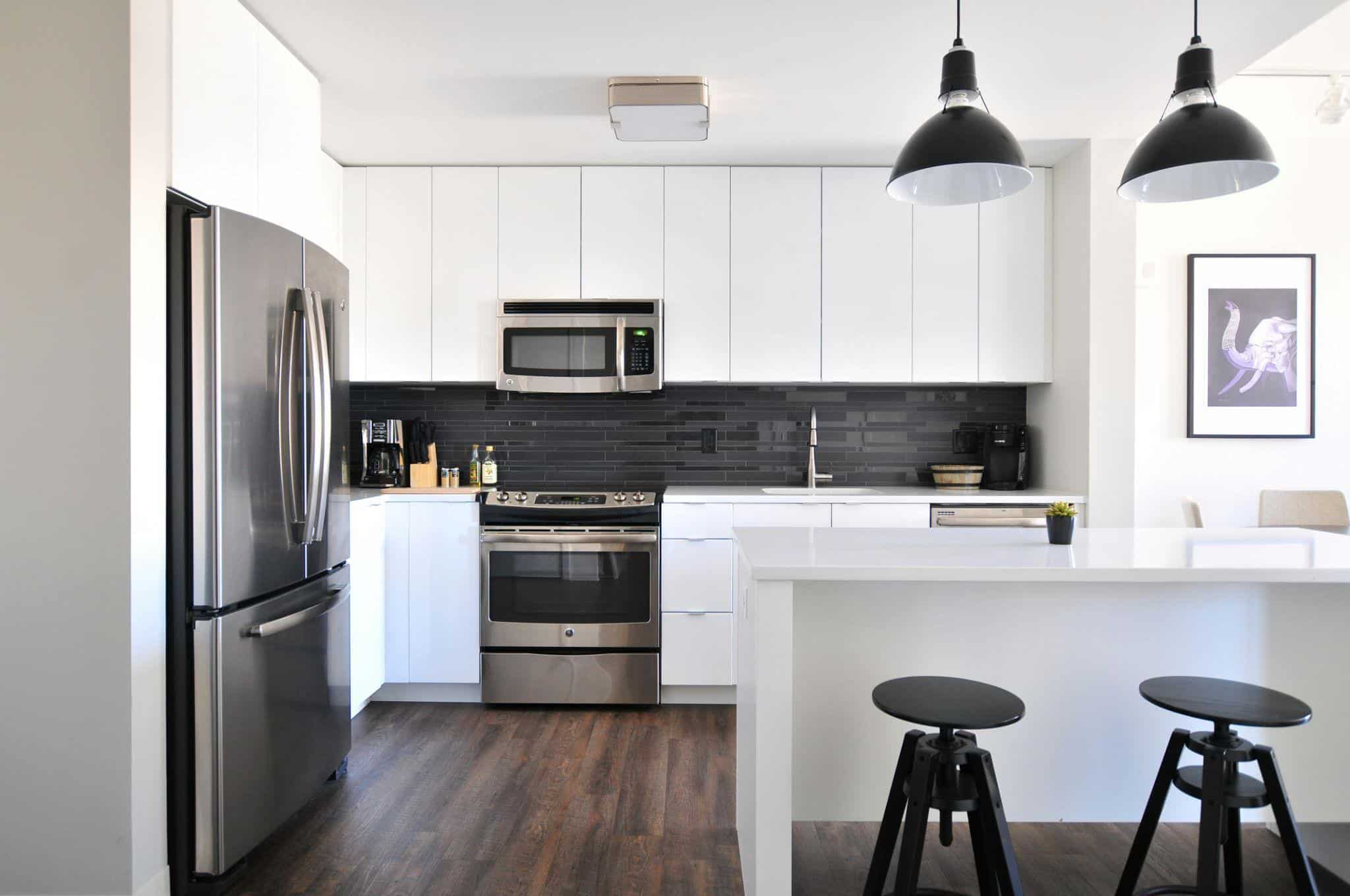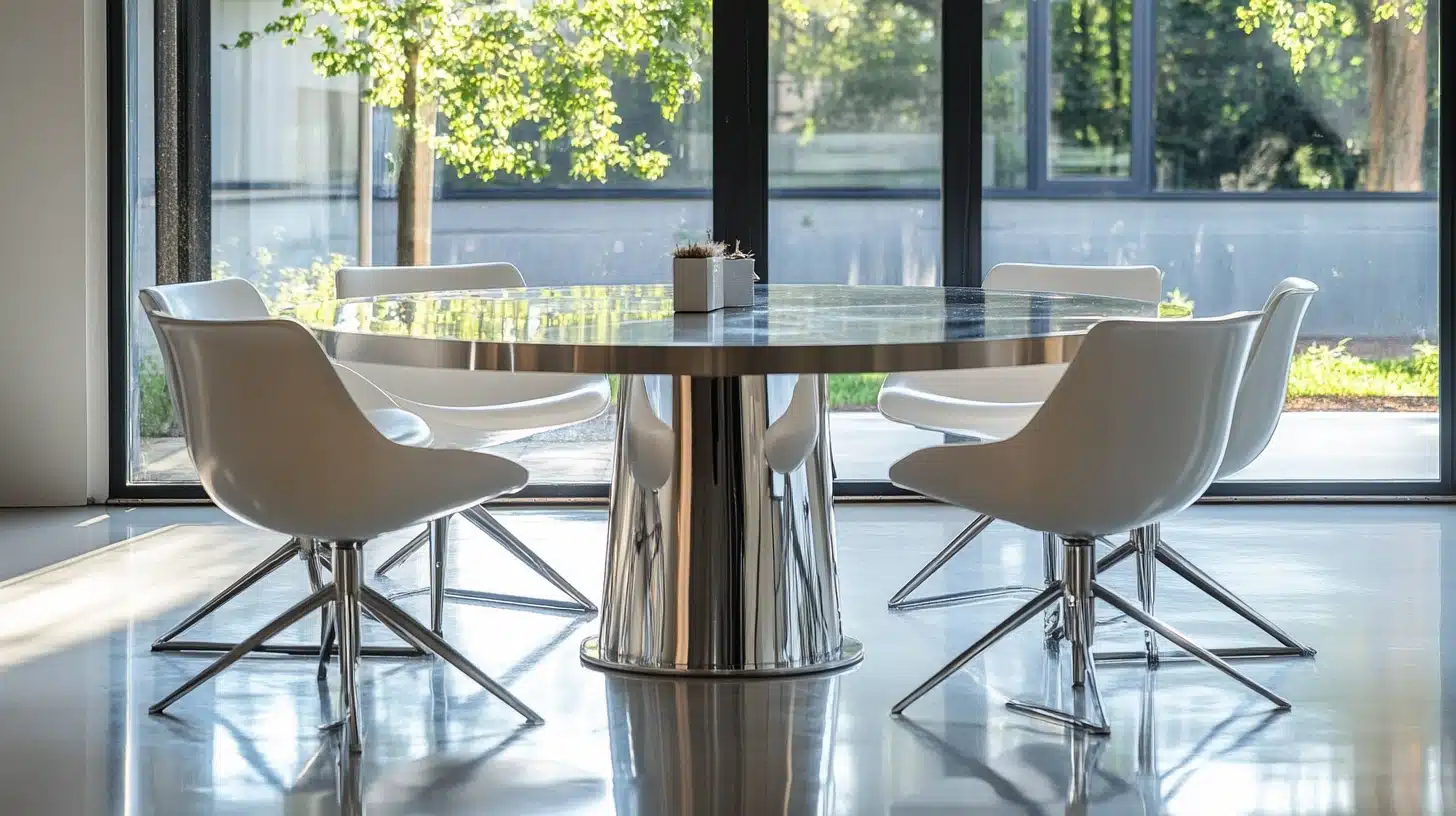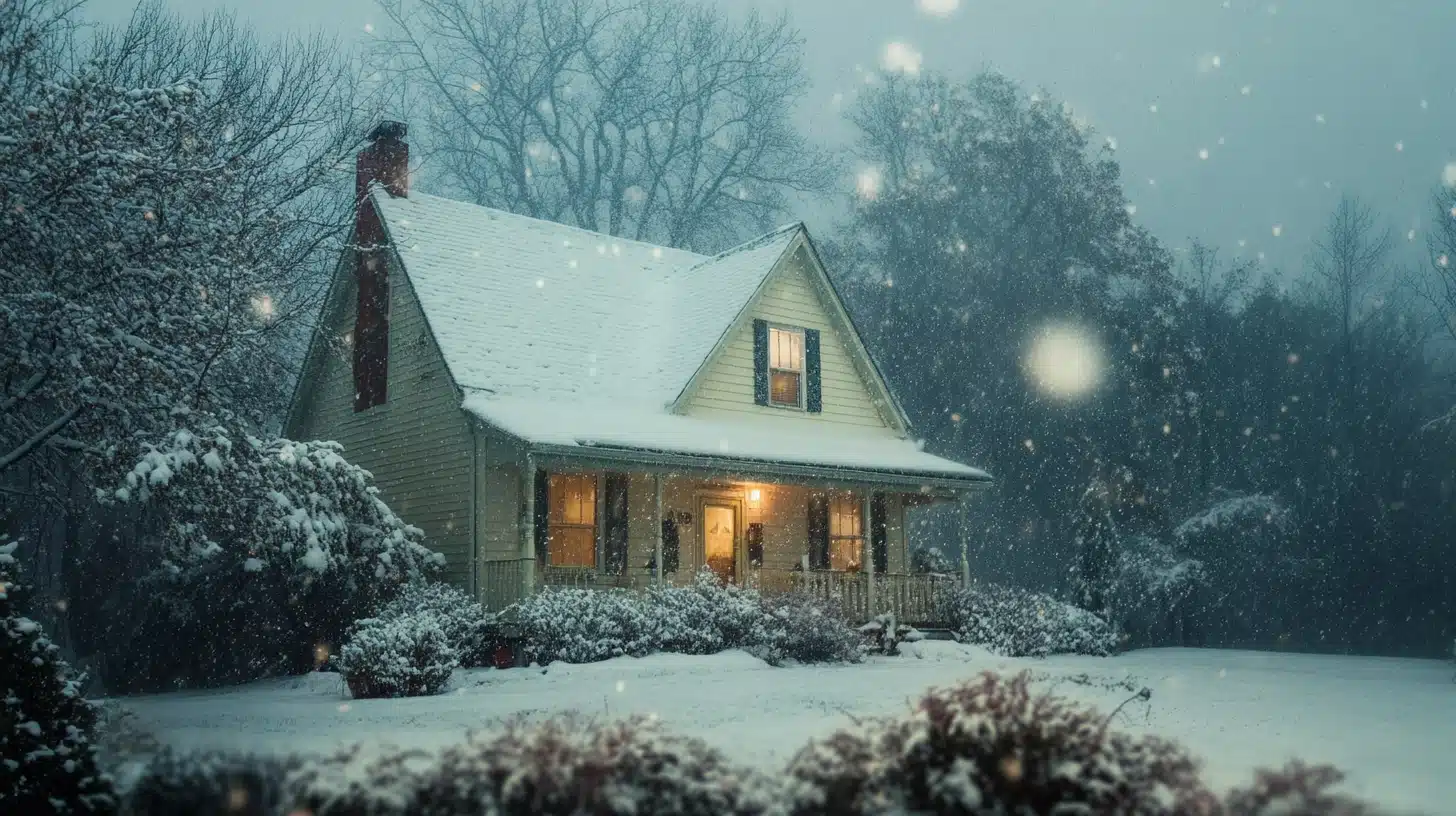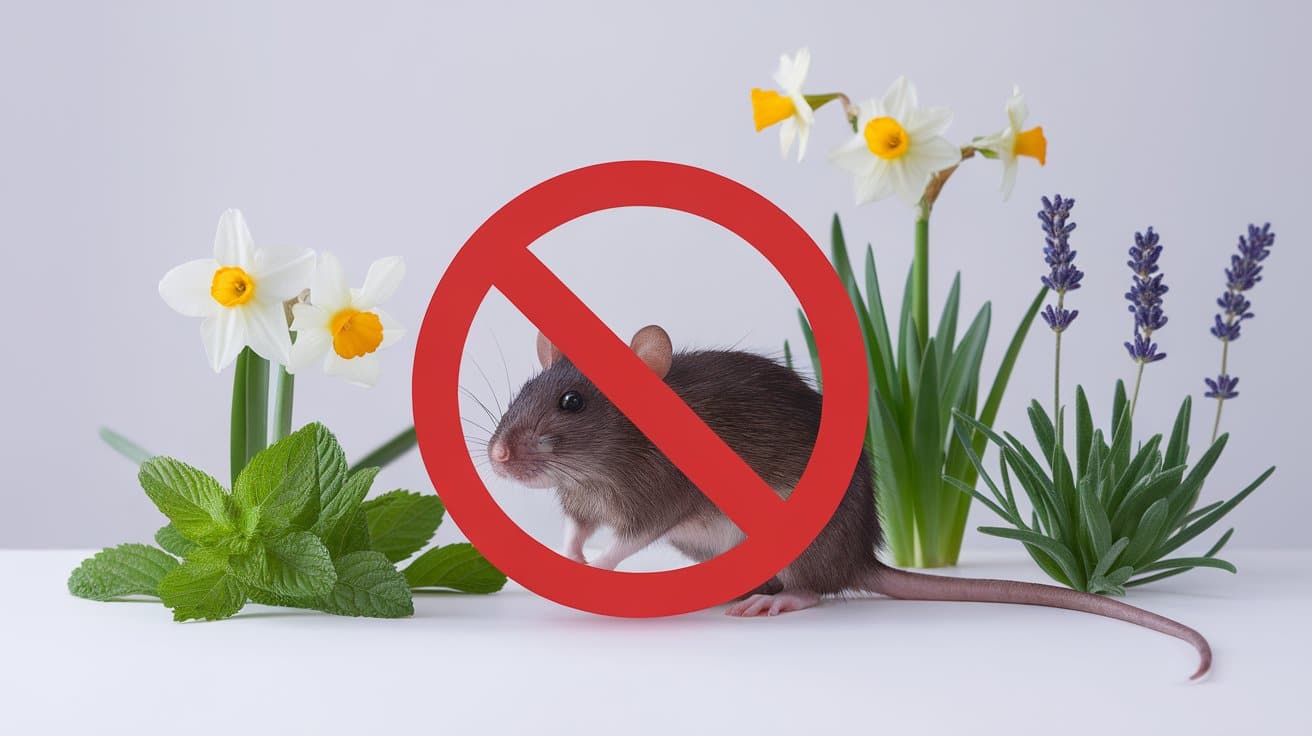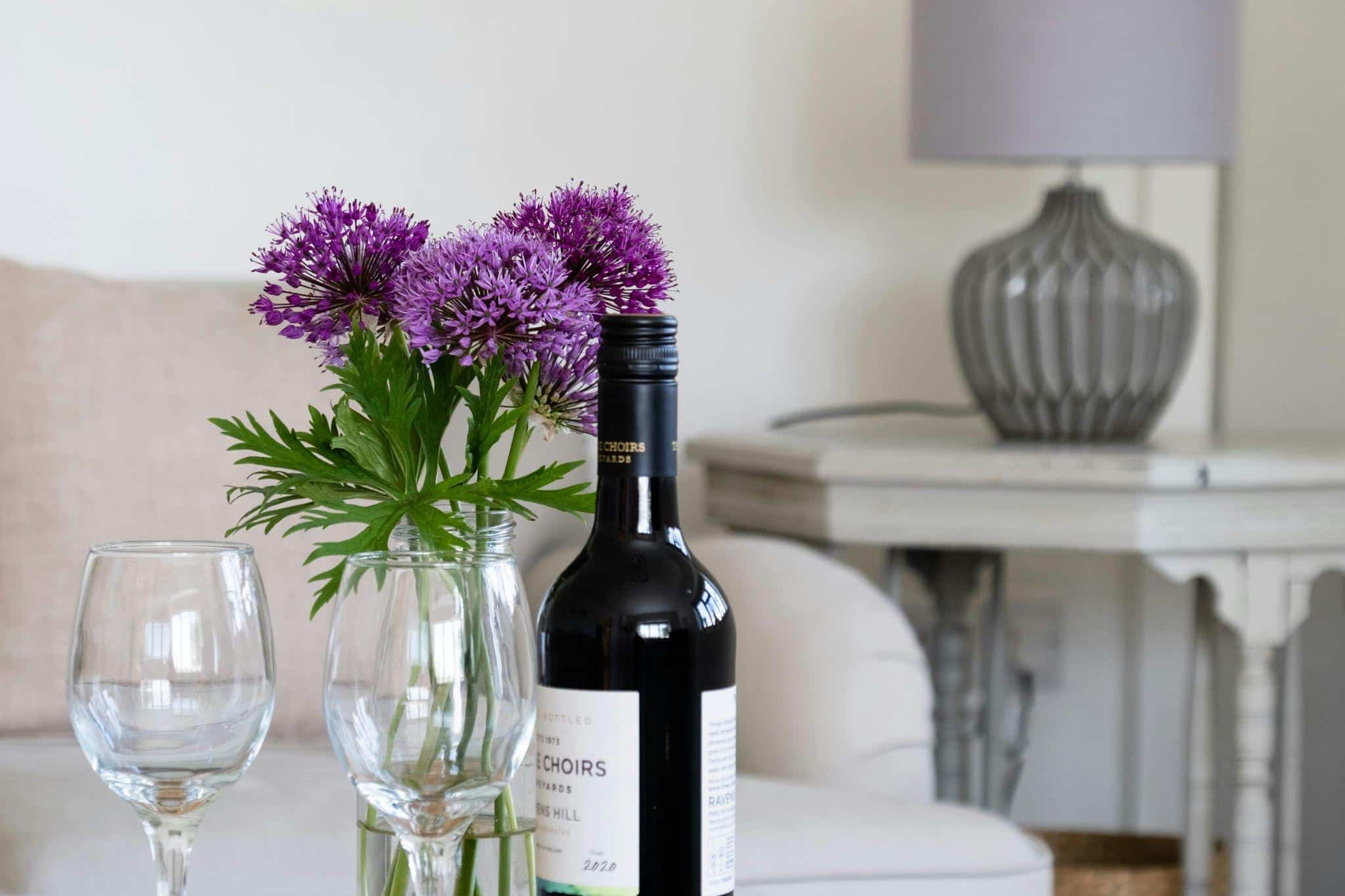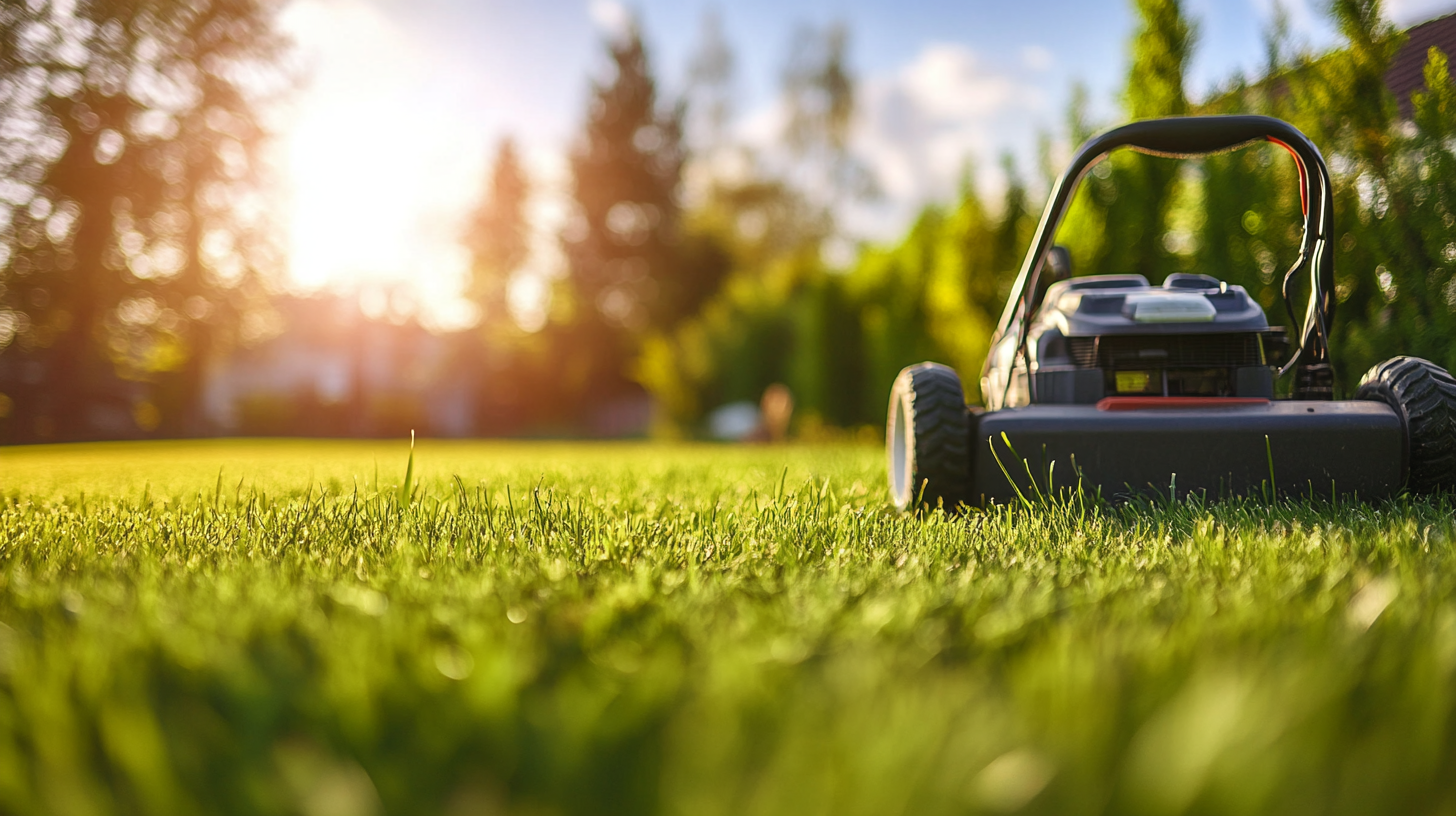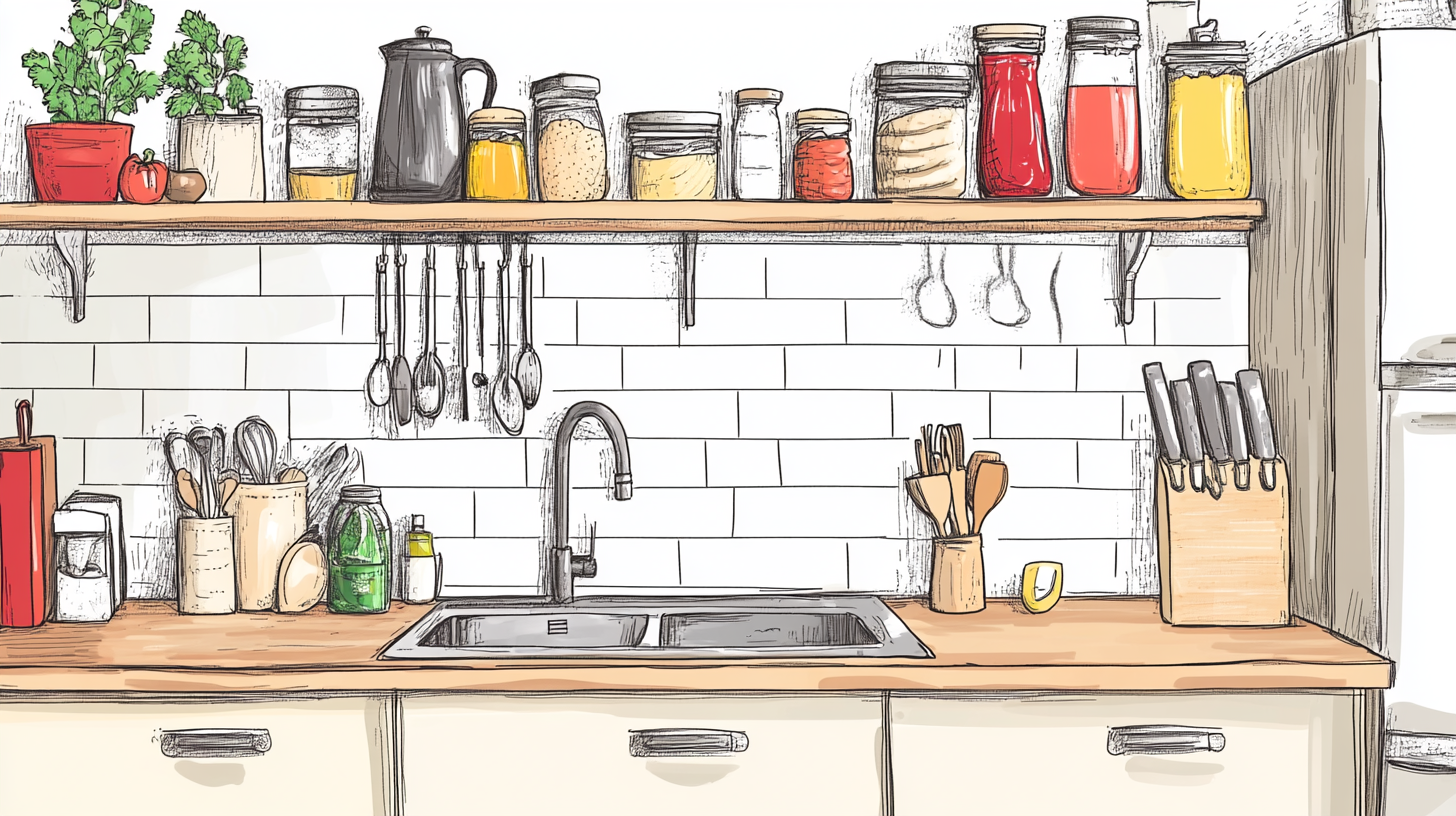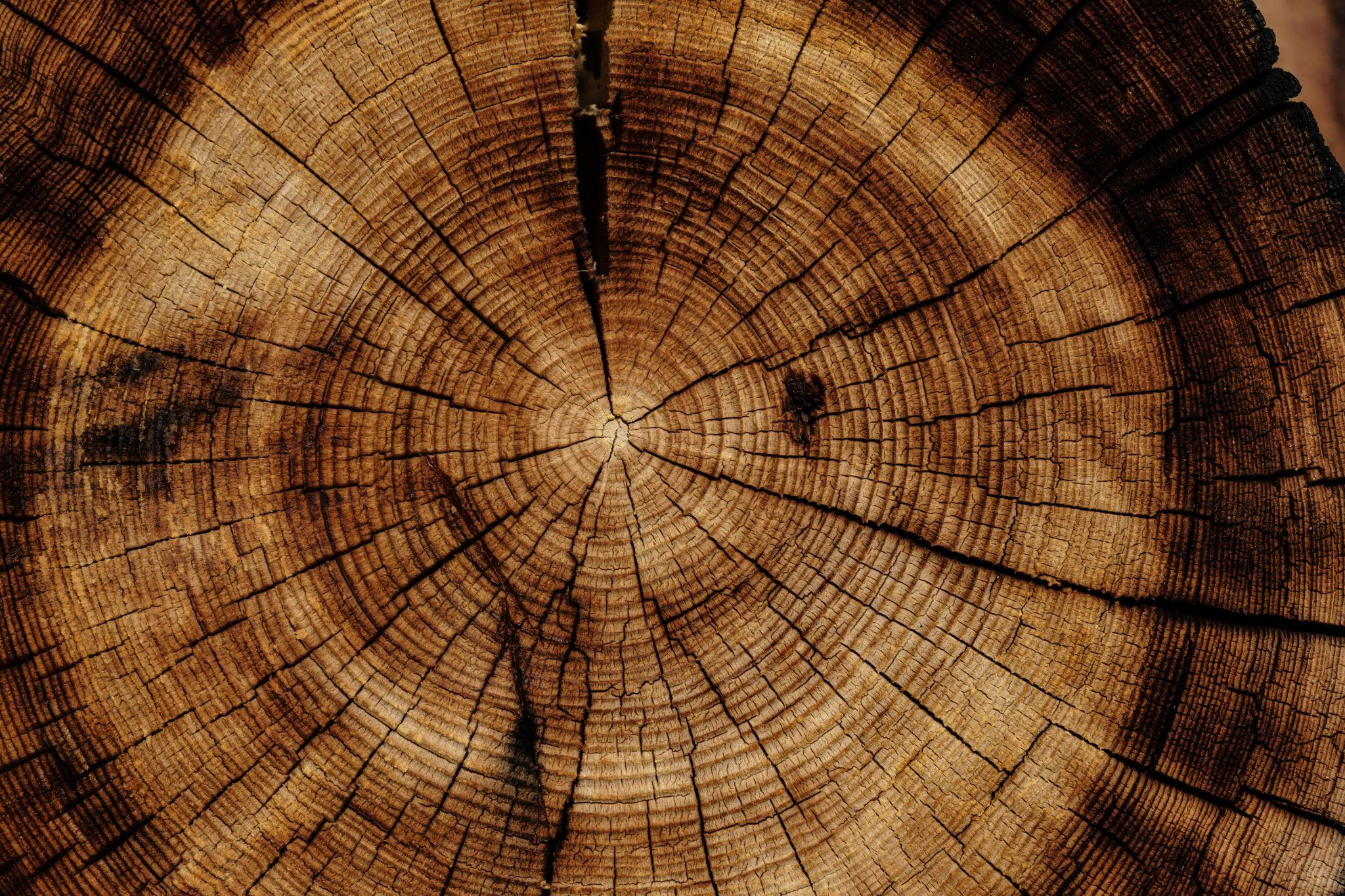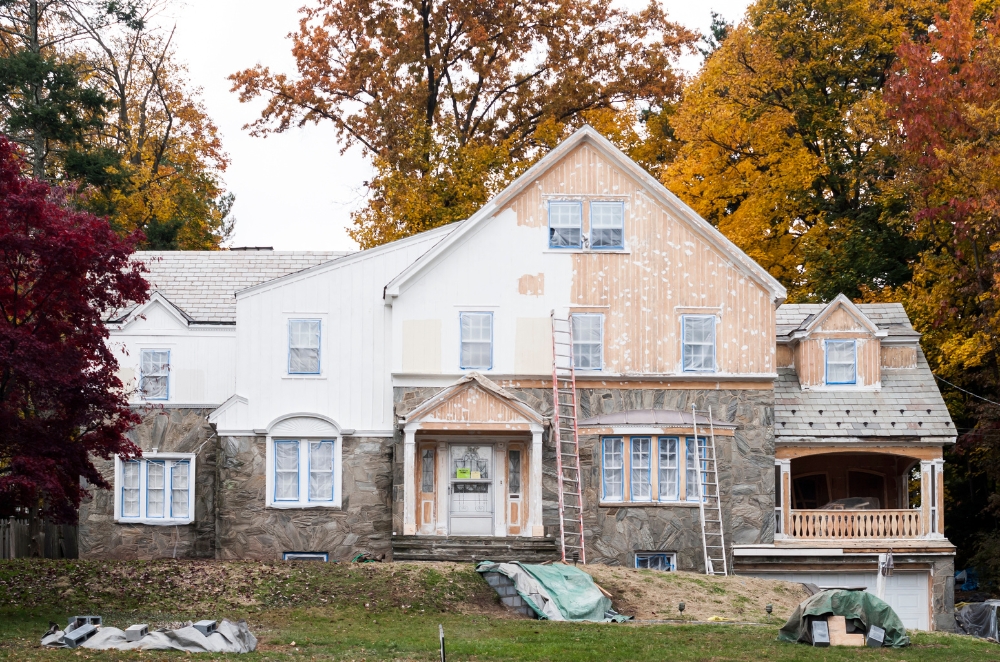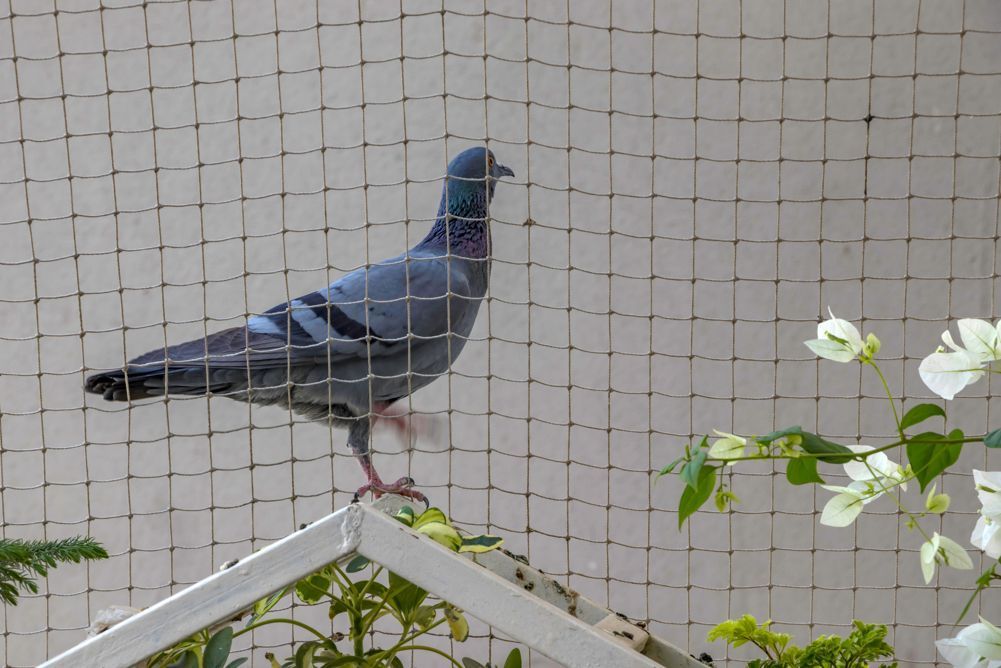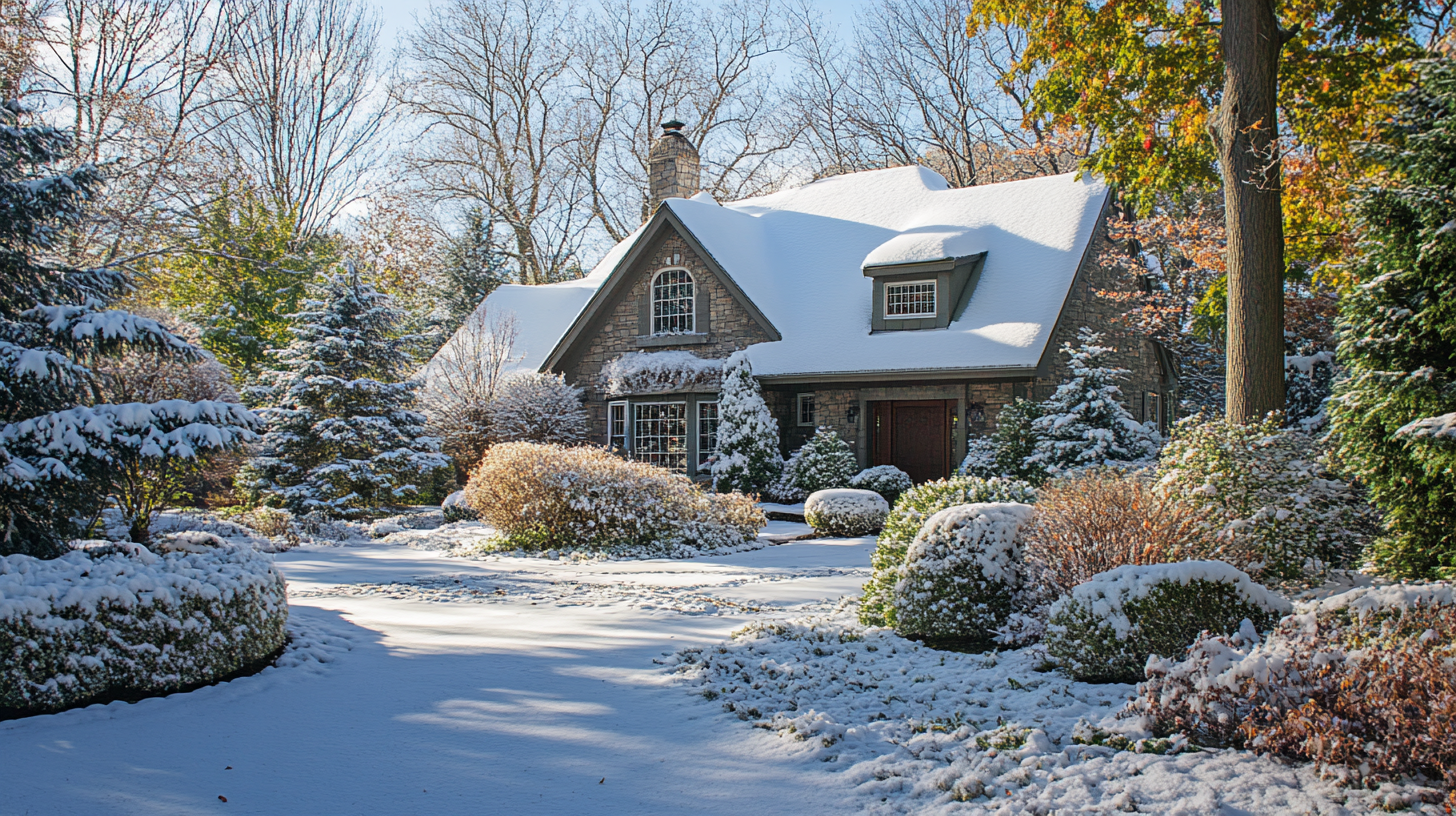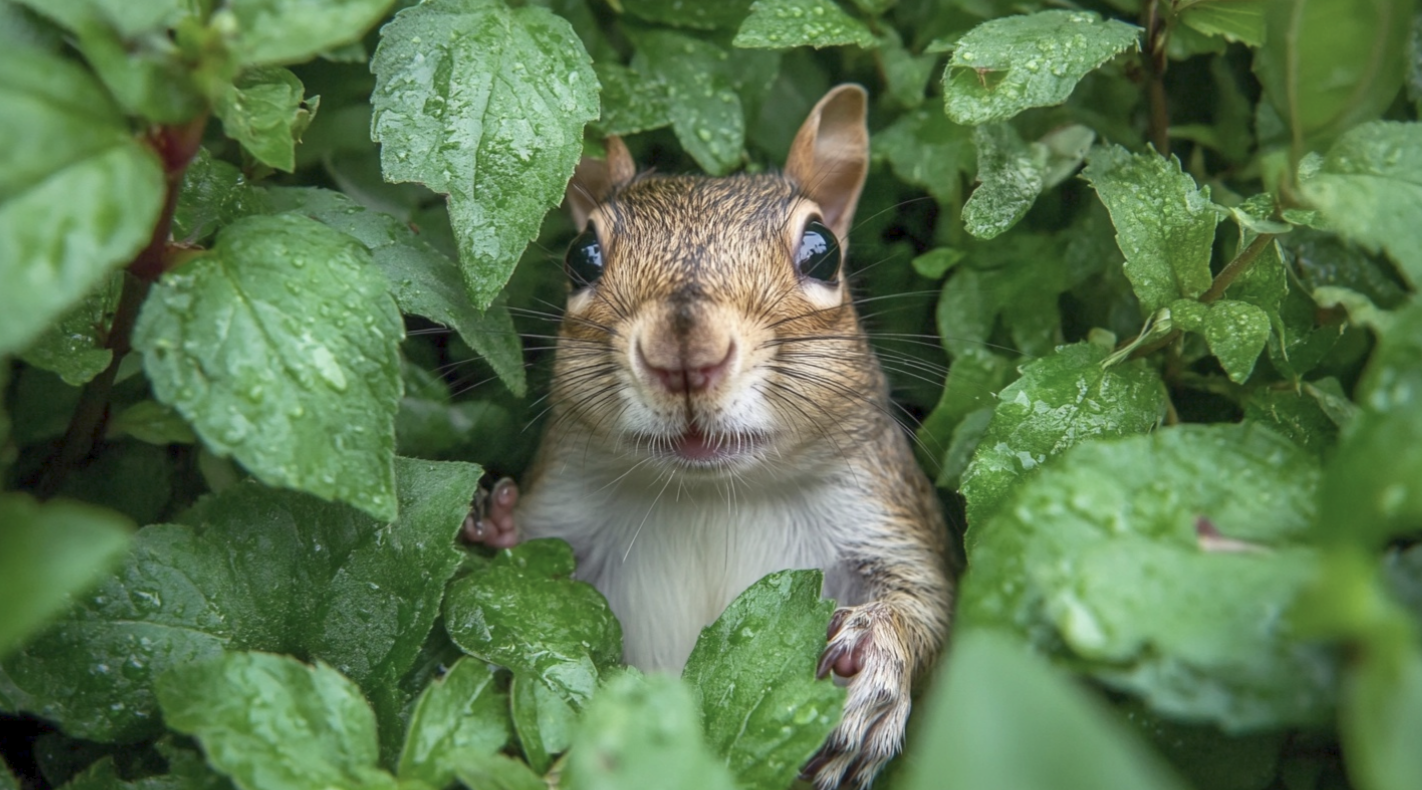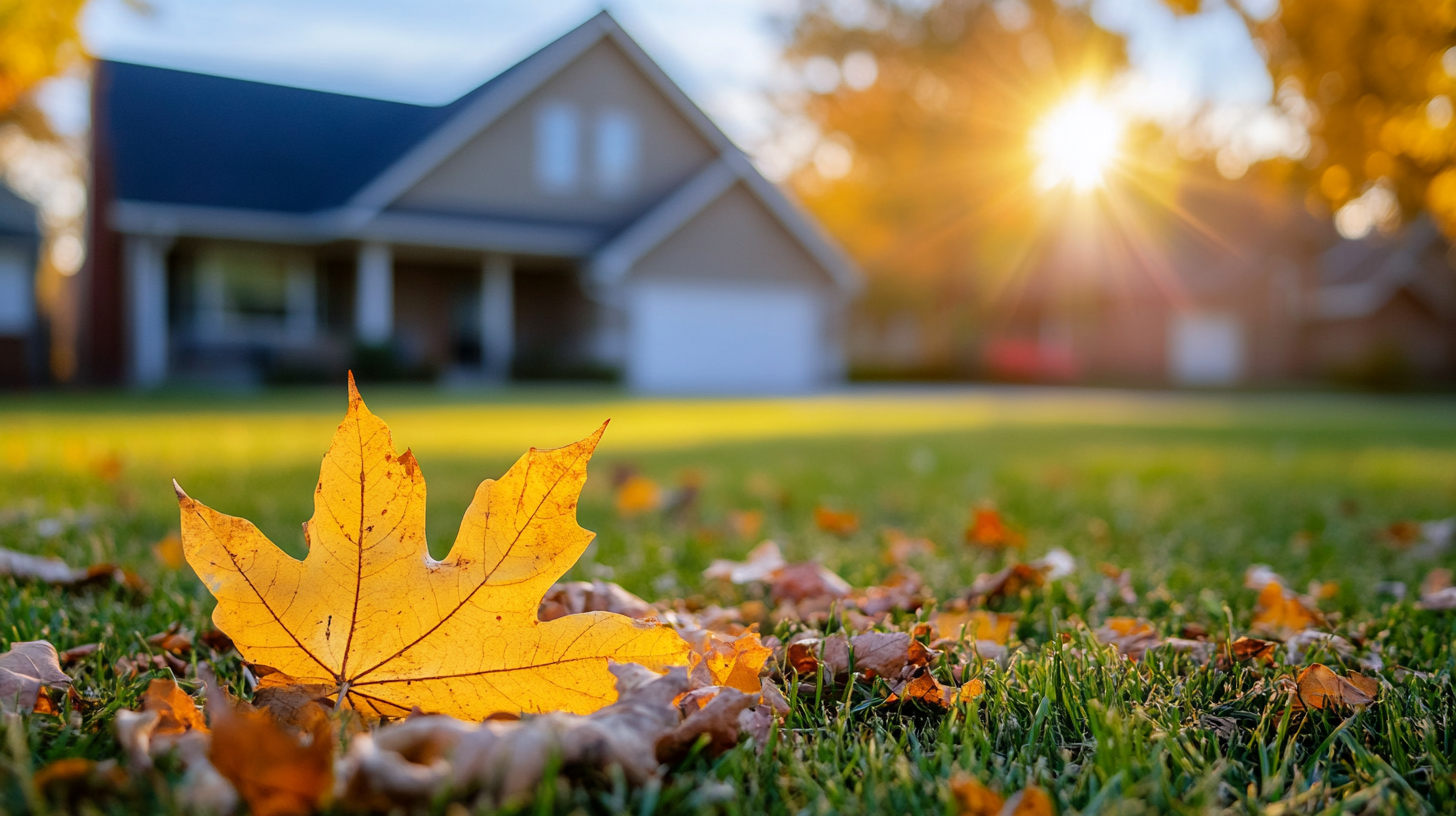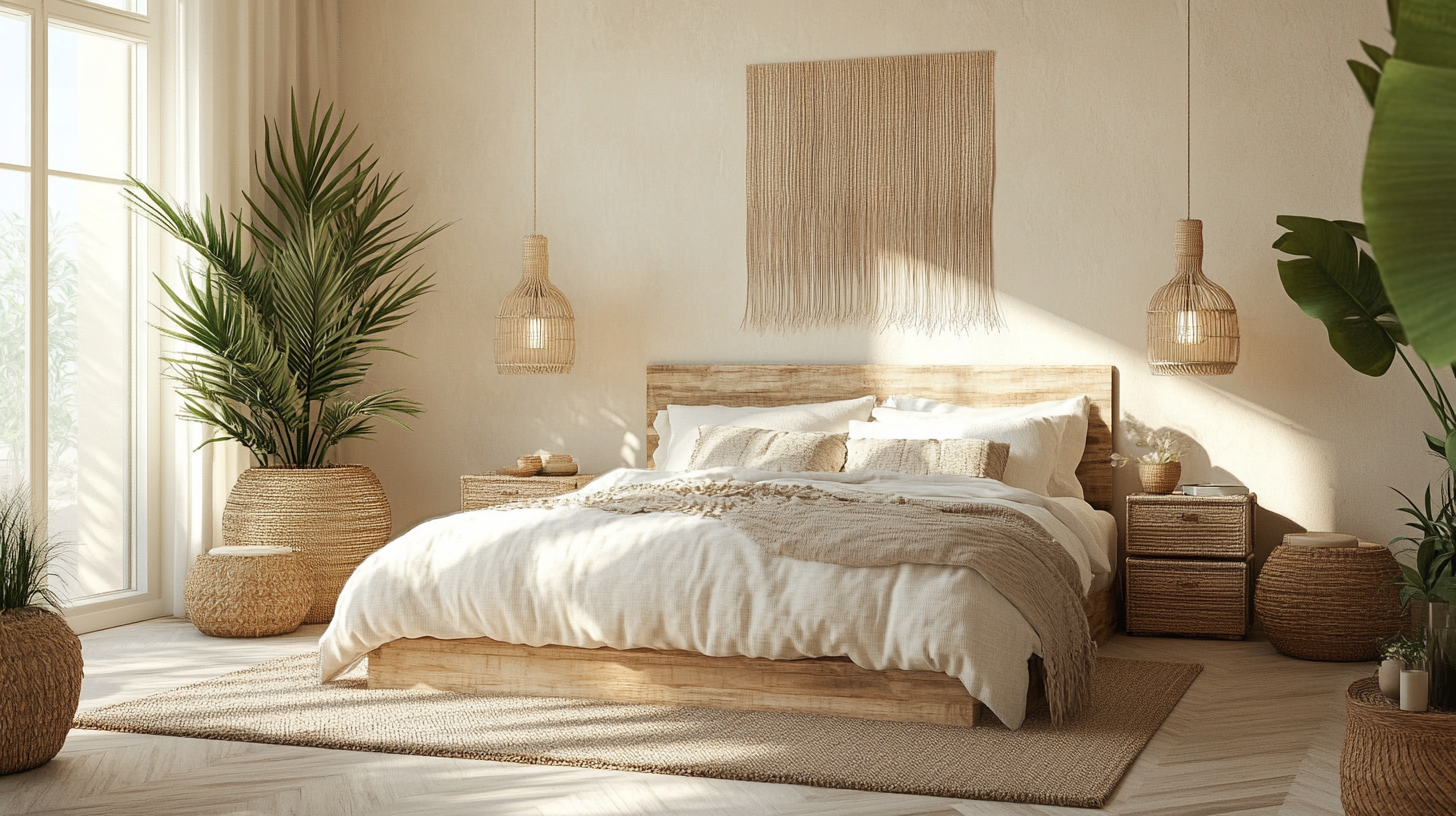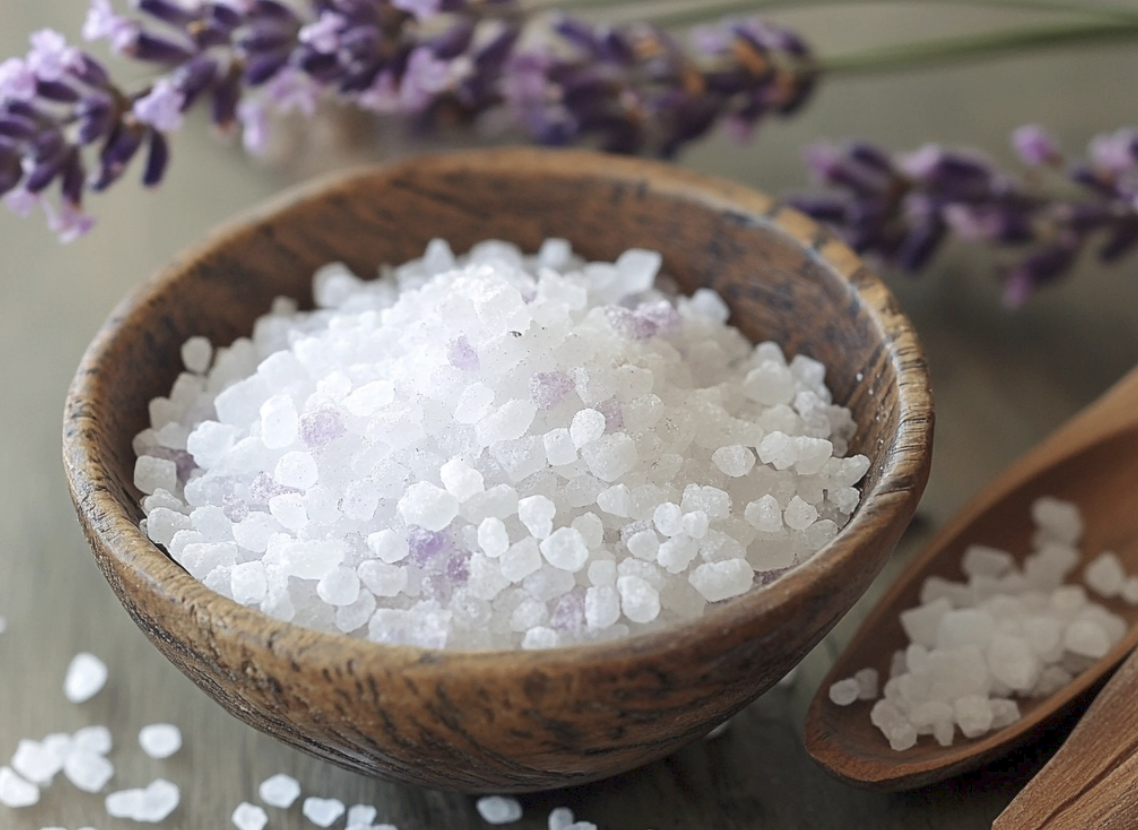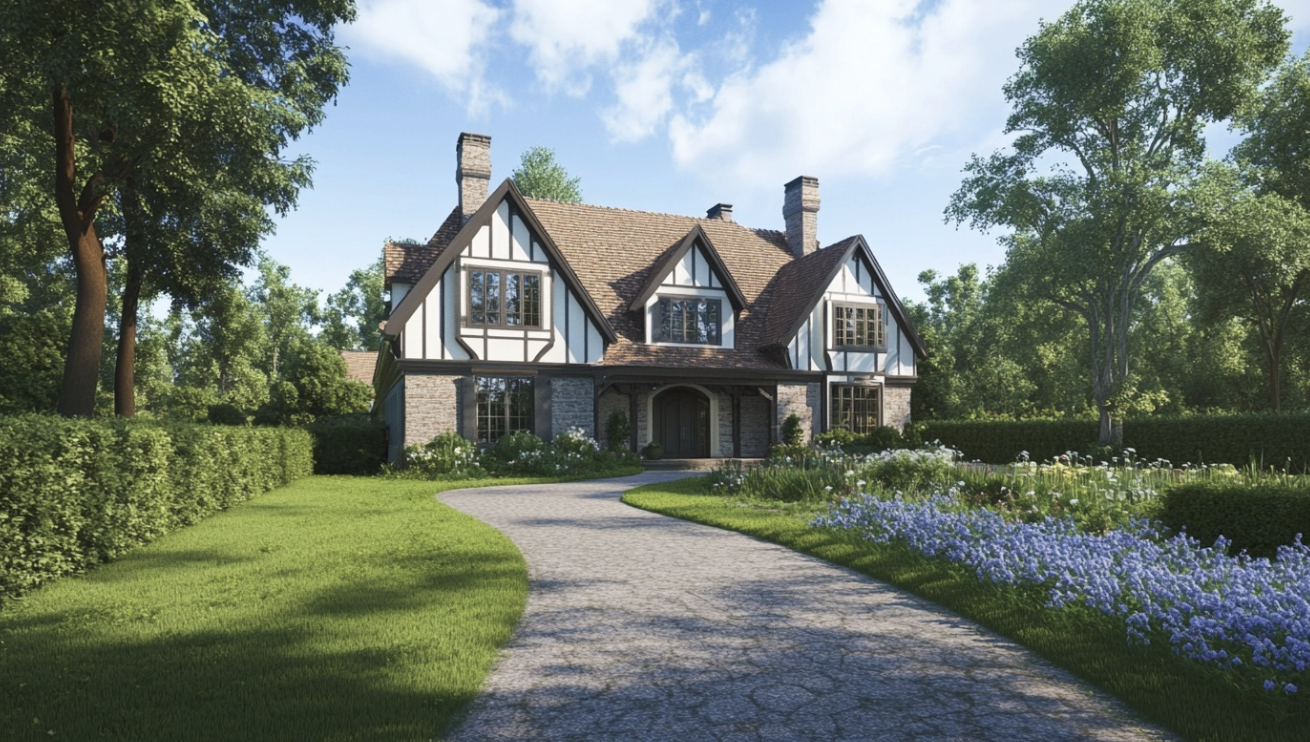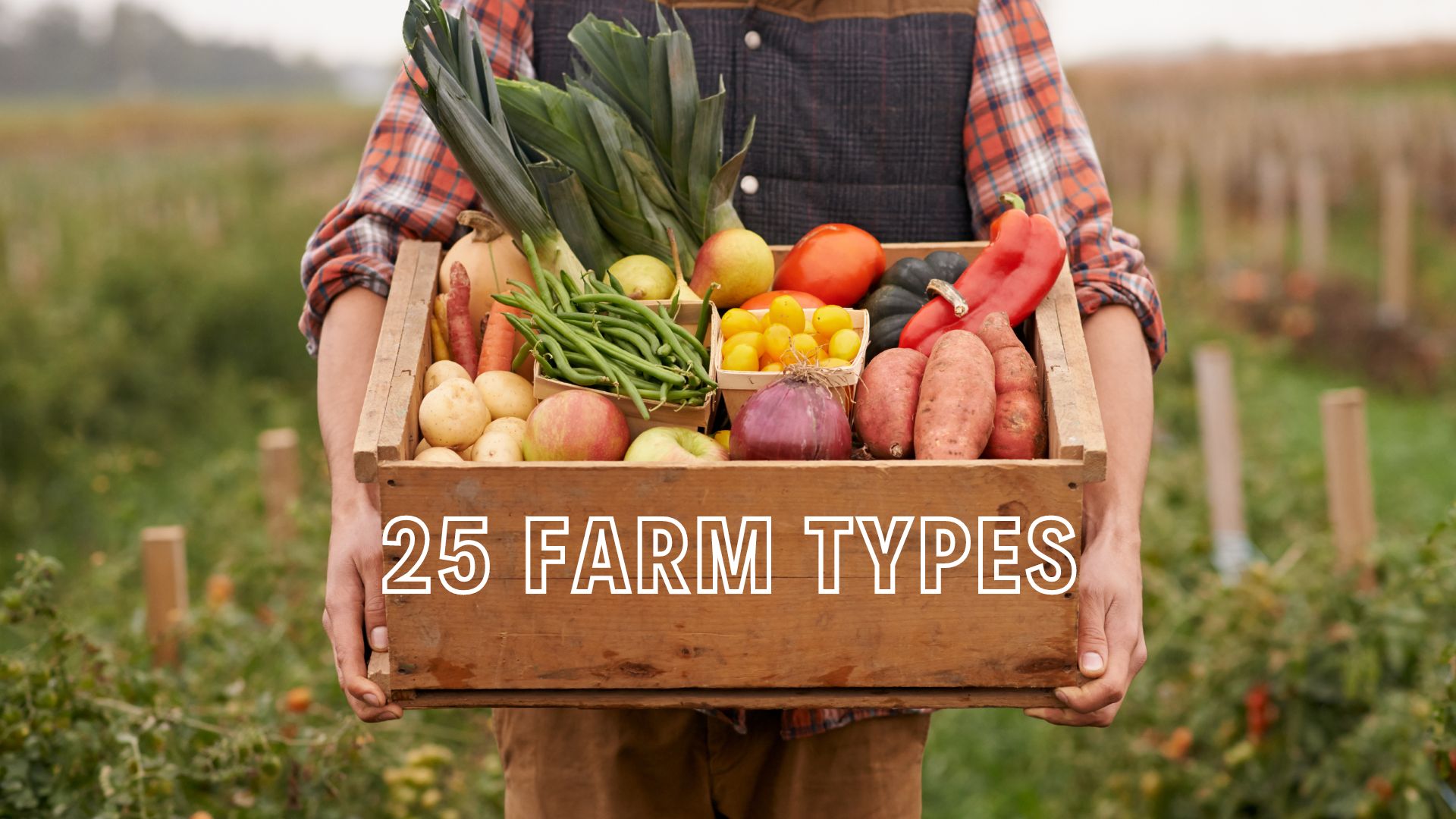
Bees play an essential role in pollination, but they can sometimes be unwanted guests in your garden or outdoor spaces.
Whether you have allergies, small children, or just want to enjoy a bee-free area, certain plants can naturally help deter bees without harming them.
These plants emit strong scents or contain natural oils that bees find unpleasant, making them excellent choices for repelling bees.
In this guide, we’ll introduce you to 25 different plants that can help keep bees at bay while adding beauty and functionality to your garden.
These plants, from common herbs like mint and basil to ornamental flowers like marigolds and chrysanthemums, offer natural solutions to unwanted bees.
Let’s explore how these plants can help you create a comfortable, bee-free outdoor environment.
Best Plants to Deter Bees: A Comprehensive List
1. Citronella
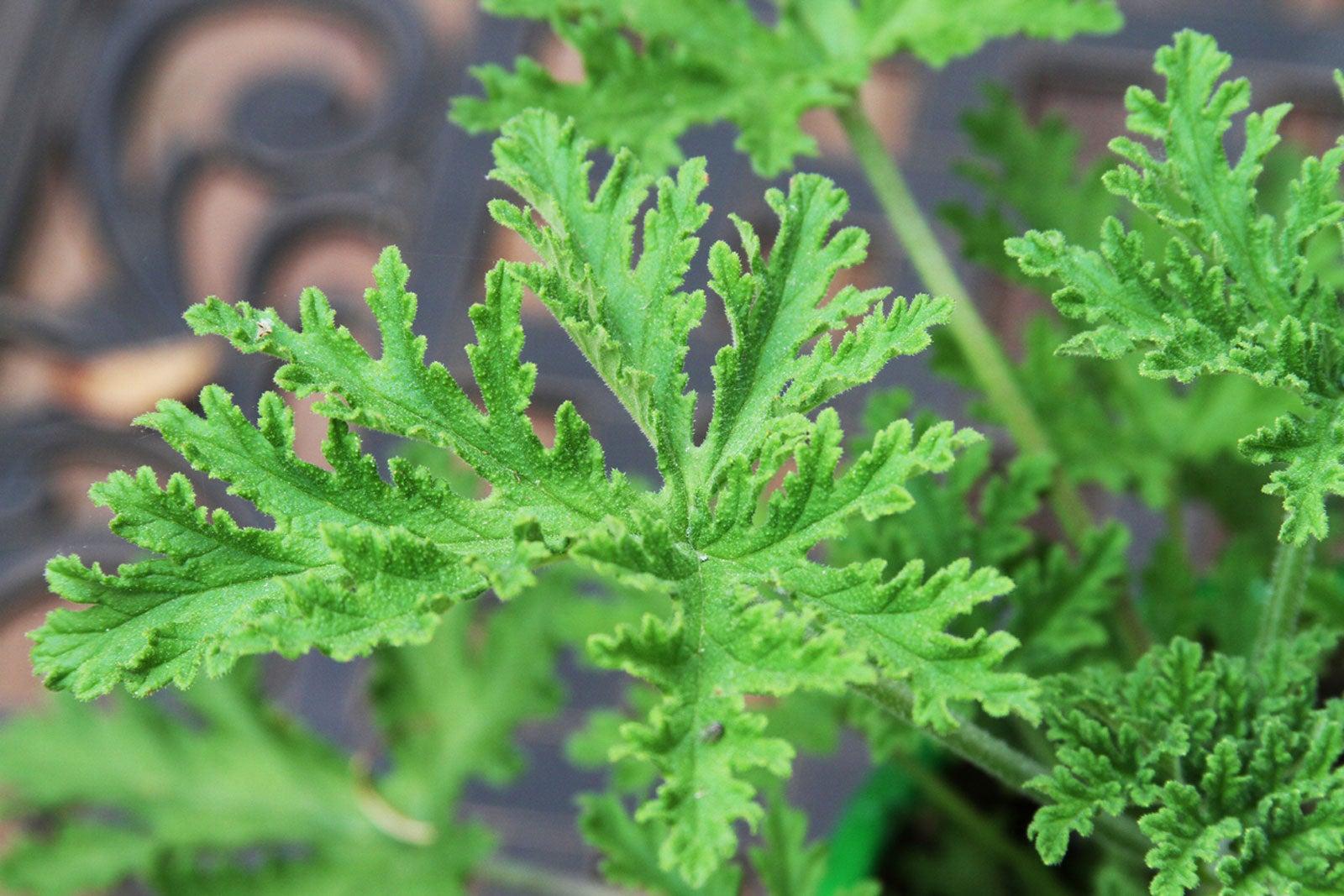
- Why It Repels Bees: Citronella contains strong oils that mask scents bees are attracted to, making them avoid the plant.
- Best Uses: It is ideal for planting around patios, decks, or outdoor seating areas where you want to keep bees away.
- Additional Benefits: Known for repelling mosquitoes, making it a popular choice for outdoor spaces.
- Growing Conditions: Thrives in full sun with well-drained soil; requires regular watering.
- Cautions or Drawbacks: It can be toxic to pets if ingested in large quantities.
2. Mint
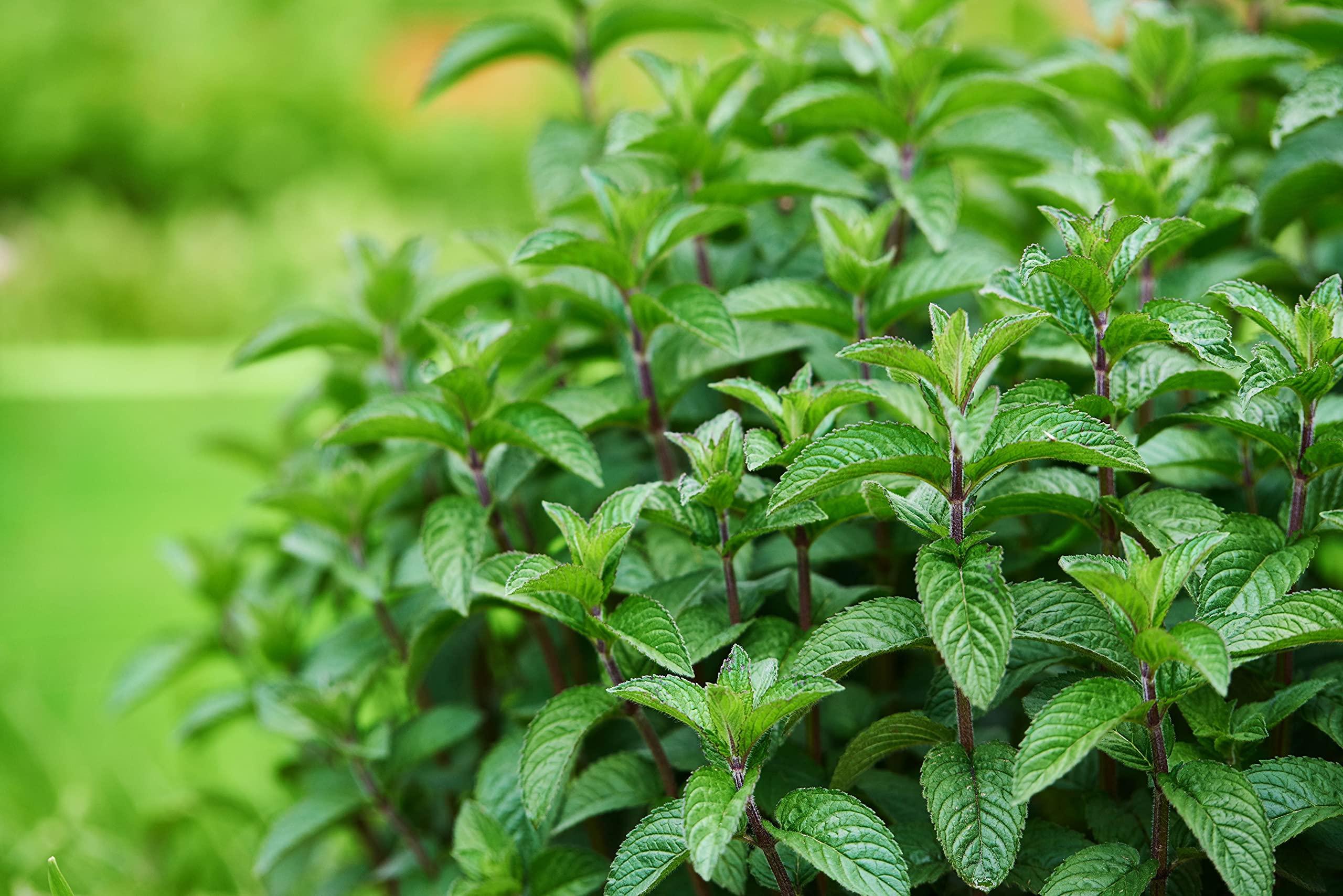
- Why It Repels Bees: Mint emits a strong, refreshing aroma that is unpleasant to bees.
- Best Uses: Plant it in pots around windows, doorways, or outdoor gathering areas to repel bees.
- Additional Benefits: Mint is edible and can be used in cooking, teas, and drinks. It also repels other insects, like ants.
- Growing Conditions: It grows best in partial sun with moist, well-drained soil. Because it can spread aggressively, container planting is recommended.
- Cautions or Drawbacks: Can become invasive if not contained, overtaking garden space.
3. Eucalyptus
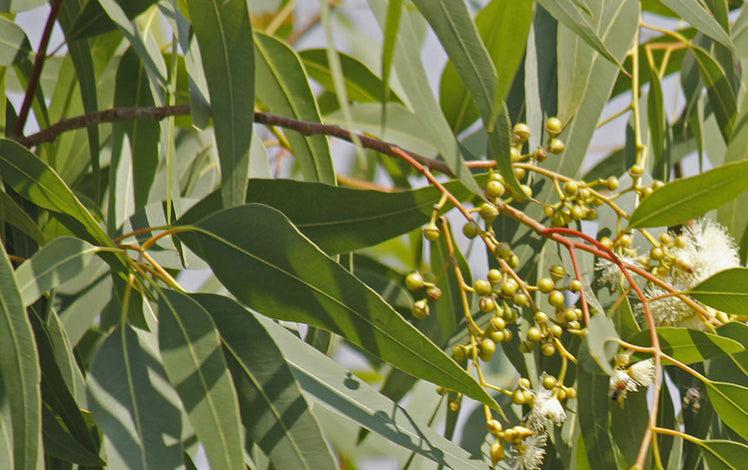
- Why It Repels Bees: Eucalyptus has a strong medicinal scent that bees tend to avoid.
- Best Uses: Plant near outdoor living spaces, or use eucalyptus essential oil in diffusers to repel bees.
- Additional Benefits: The oil is widely used for its anti-inflammatory and decongestant properties.
- Growing Conditions: Prefers full sun and well-drained soil; drought-tolerant once established.
- Cautions or Drawbacks: Eucalyptus trees can grow very tall, making them unsuitable for small gardens.
4. Wormwood (Artemisia)
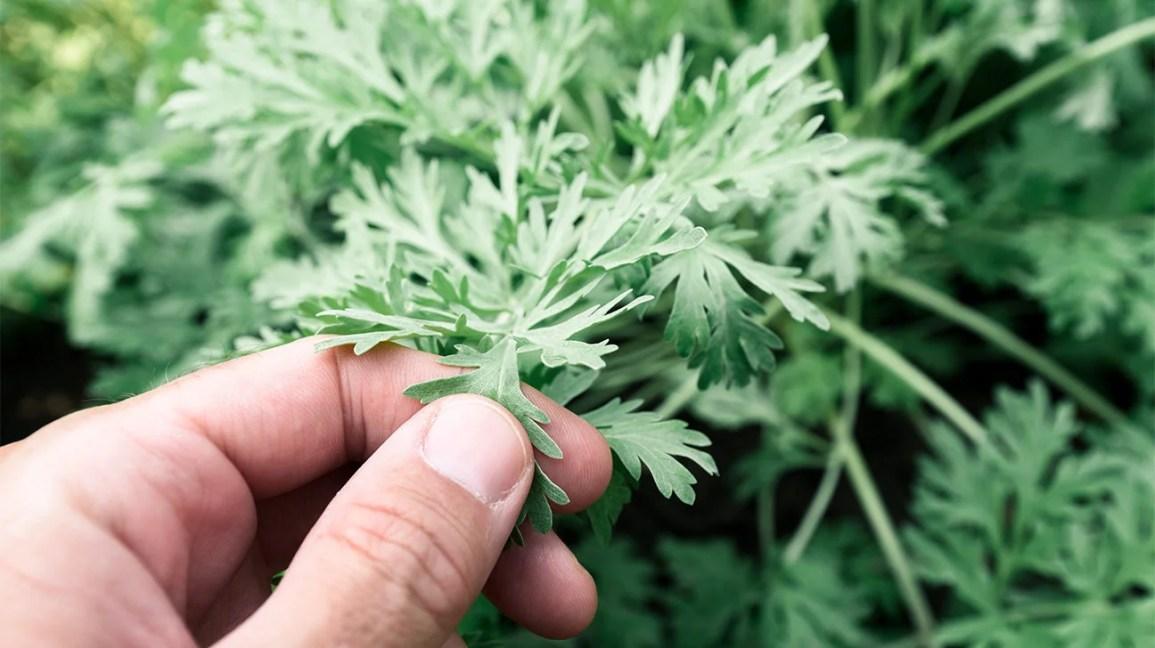
- Why It Repels Bees: Wormwood releases a bitter, pungent aroma that deters bees and other insects.
- Best Uses: Plant around the perimeter of your garden to keep bees and pests away.
- Additional Benefits: Wormwood can repel moths, fleas, and mosquitoes as well.
- Growing Conditions: Requires full sun and dry, well-drained soil; drought-tolerant once established.
- Cautions or Drawbacks: Toxic to humans and pets if ingested, so plant with caution.
5. Cloves

- Why It Repels Bees: Clove plants and their oil have a strong, spicy aroma that masks floral scents, deterring bees.
- Best Uses: Plant near outdoor eating or lounging areas to keep bees away.
- Additional Benefits: Clove oil is widely used as a natural remedy for toothaches and infections.
- Growing Conditions: Requires warm temperatures, full sun, and well-drained soil.
- Cautions or Drawbacks: Clove plants can be challenging to grow in cooler climates.
6. Cucumber

- Why It Repels Bees: The bitterness in cucumber peels and vines is unappealing to bees.
- Best Uses: Plant cucumbers near other vegetables or flowers to reduce bee activity in your garden.
- Additional Benefits: Cucumbers are a healthy and refreshing edible vegetable, making them a useful crop in the garden.
- Growing Conditions: Needs full sun and well-drained soil, with consistent watering for best yield.
- Cautions or Drawbacks: Requires regular maintenance, including support structures for climbing vines.
7. Marigold
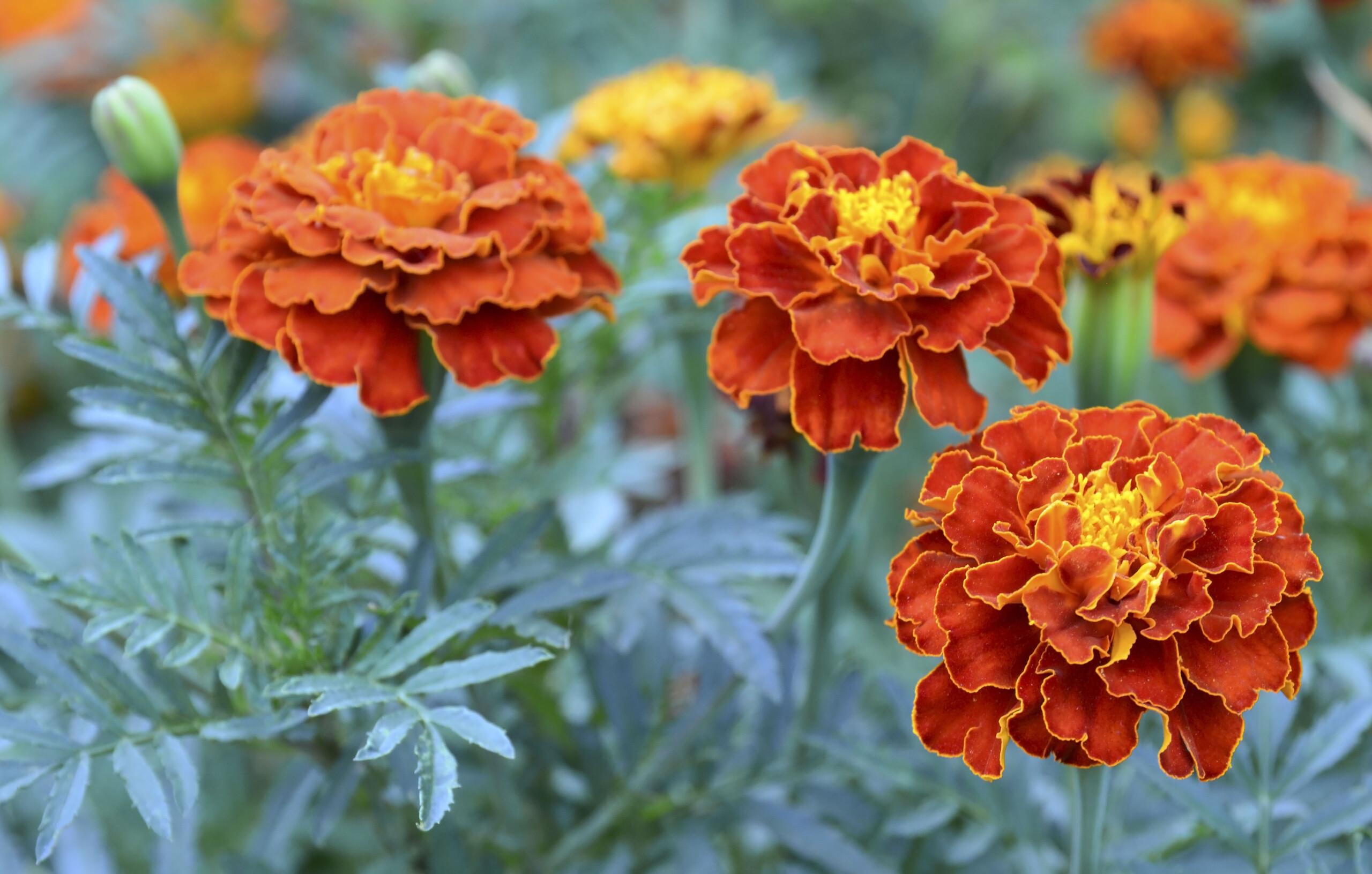
- Why It Repels Bees: Marigolds release a strong, pungent smell that bees and other pests dislike.
- Best Uses: Perfect for borders around vegetable gardens or patios to deter bees and insects.
- Additional Benefits: Marigolds also repel mosquitoes and are used to attract beneficial insects for pollination.
- Growing Conditions: Thrives in full sun with well-drained soil and is easy to grow.
- Cautions or Drawbacks: The strong scent may not be appealing to humans in close proximity.
8. Geraniums

- Why It Repels Bees: Geraniums produce minimal nectar and have a scent that deters bees.
- Best Uses: Plant in window boxes, hanging baskets, or as decorative outdoor plants around seating areas.
- Additional Benefits: Geraniums add vibrant color to your garden and repel other insects like mosquitoes.
- Growing Conditions: Prefers full sun or partial shade and well-drained soil.
- Cautions or Drawbacks: Geraniums can become leggy if not pruned regularly.
9. Pennyroyal
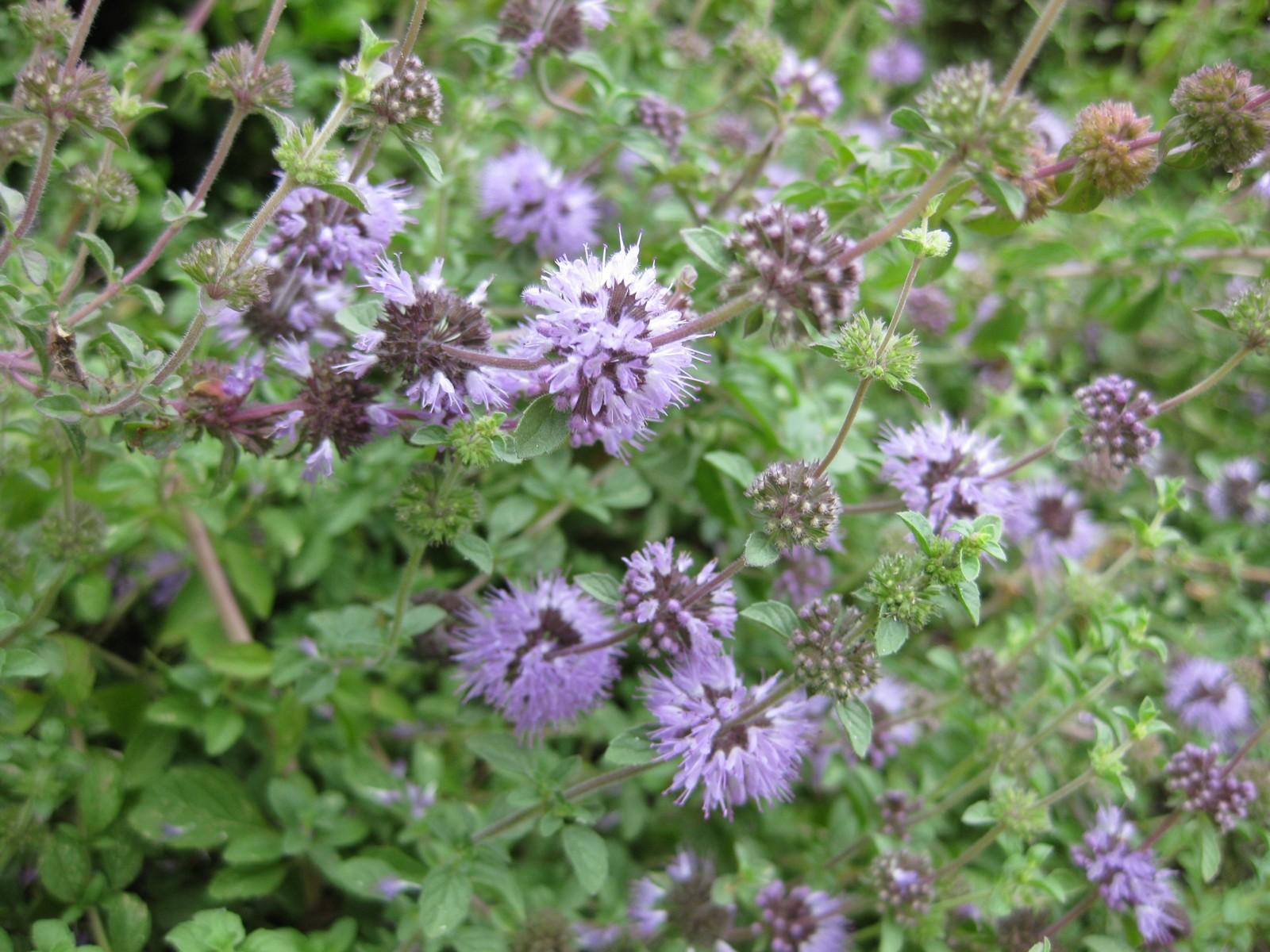
- Why It Repels Bees: Pennyroyal’s strong minty scent is overwhelming to bees, keeping them at bay.
- Best Uses: Ideal for planting around the garden’s perimeter or as a ground cover near outdoor areas.
- Additional Benefits: It’s a natural repellent for mosquitoes, ticks, and fleas.
- Growing Conditions: Thrives in full sun to partial shade with moist, well-drained soil.
- Cautions or Drawbacks: Toxic to pets and humans if ingested, so it should be planted with care.
10. Lemongrass
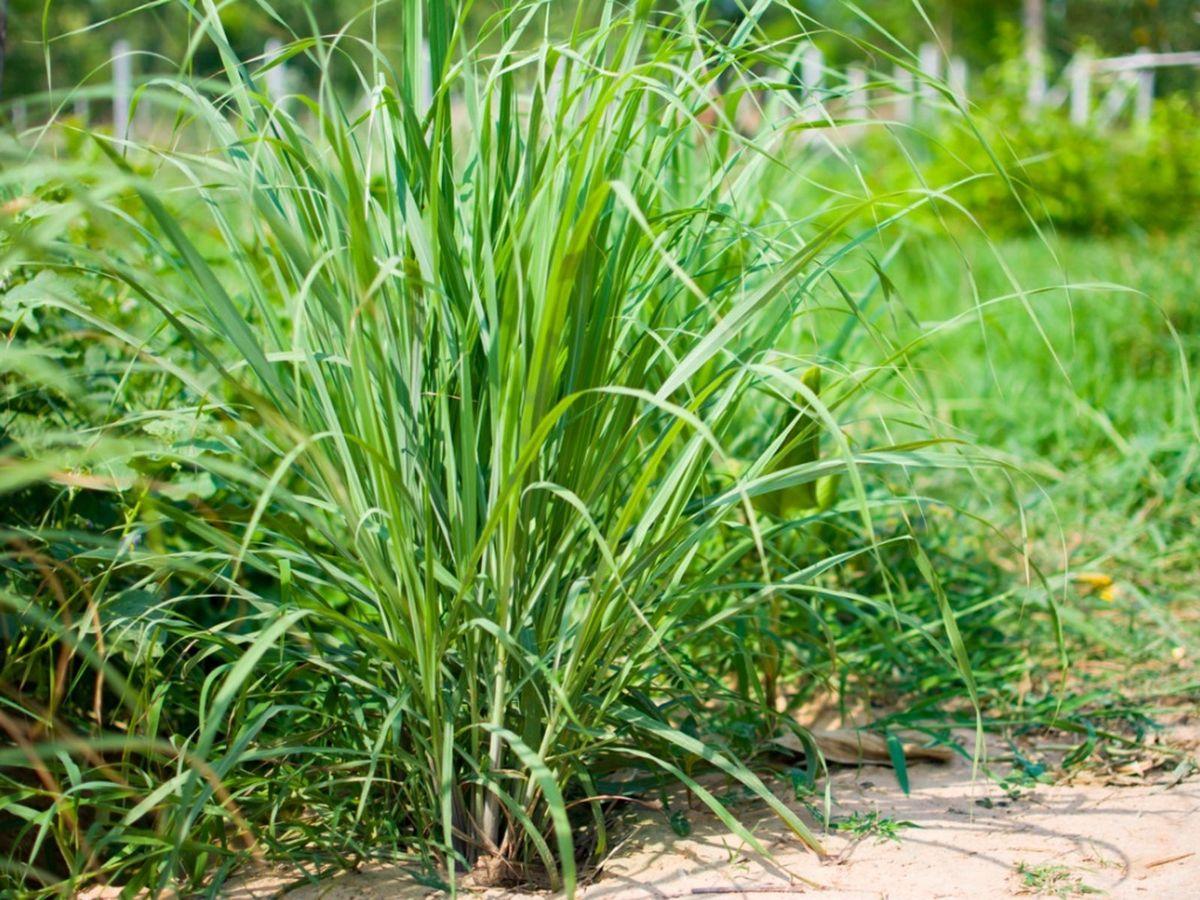
- Why It Repels Bees: Lemongrass contains citronella, which is unpleasant for bees and many other insects.
- Best Uses: Plant near outdoor dining or living spaces to keep bees away.
- Additional Benefits: Lemongrass can be used in cooking and as a natural insect repellent.
- Growing Conditions: Requires full sun and moist, well-drained soil.
- Cautions or Drawbacks: It may struggle to grow in cooler climates and needs regular trimming to maintain shape.
11. Thyme
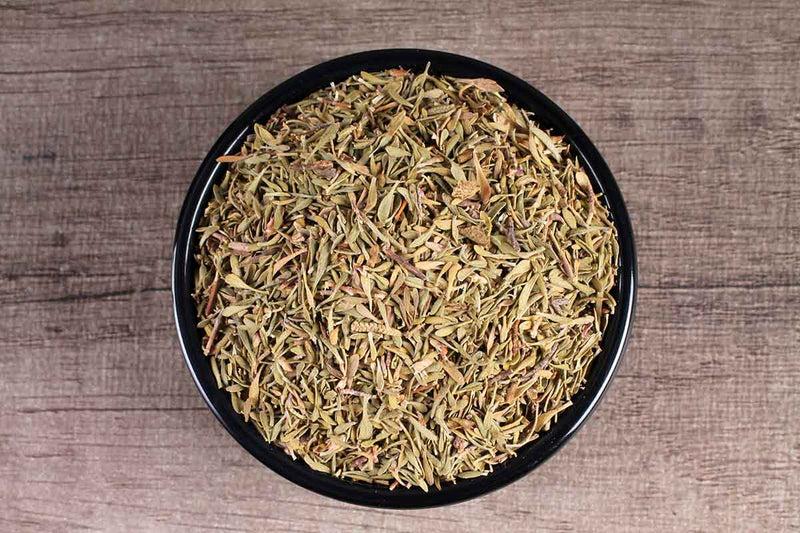
- Why It Repels Bees: Thyme’s strong scent masks floral scents, making it less attractive to bees.
- Best Uses: Plant along garden paths, borders, or in containers near outdoor seating areas.
- Additional Benefits: Thyme is edible and can be used in cooking for its aromatic flavor.
- Growing Conditions: Prefers full sun and well-drained soil; drought-tolerant once established.
- Cautions or Drawbacks: Can spread quickly if not contained, becoming invasive in certain gardens.
12. Basil
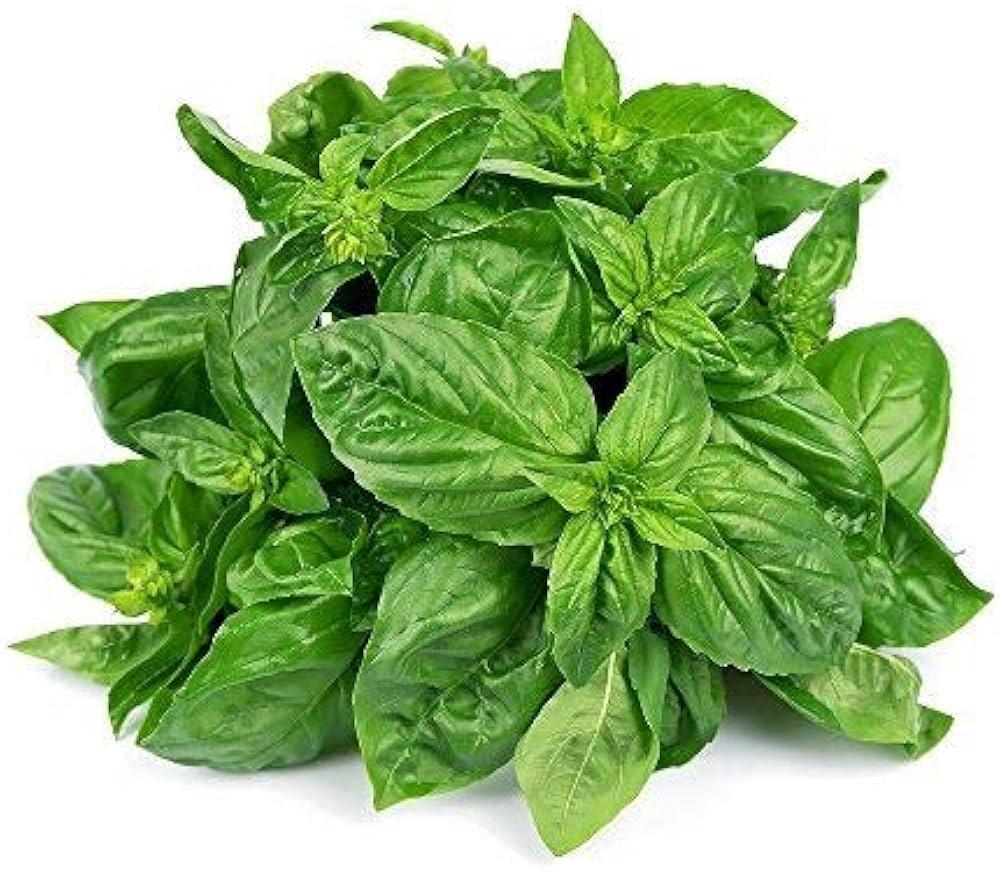
- Why It Repels Bees: Basil has a strong scent that bees tend to avoid.
- Best Uses: Plant near patios or outdoor seating areas to keep bees and other insects away.
- Additional Benefits: Edible and commonly used in cooking, especially in Mediterranean dishes.
- Growing Conditions: Prefers full sun and well-drained soil; regular watering is required for healthy growth.
- Cautions or Drawbacks: Basil needs frequent harvesting to prevent it from becoming too leggy.
13. Pitcher Plant
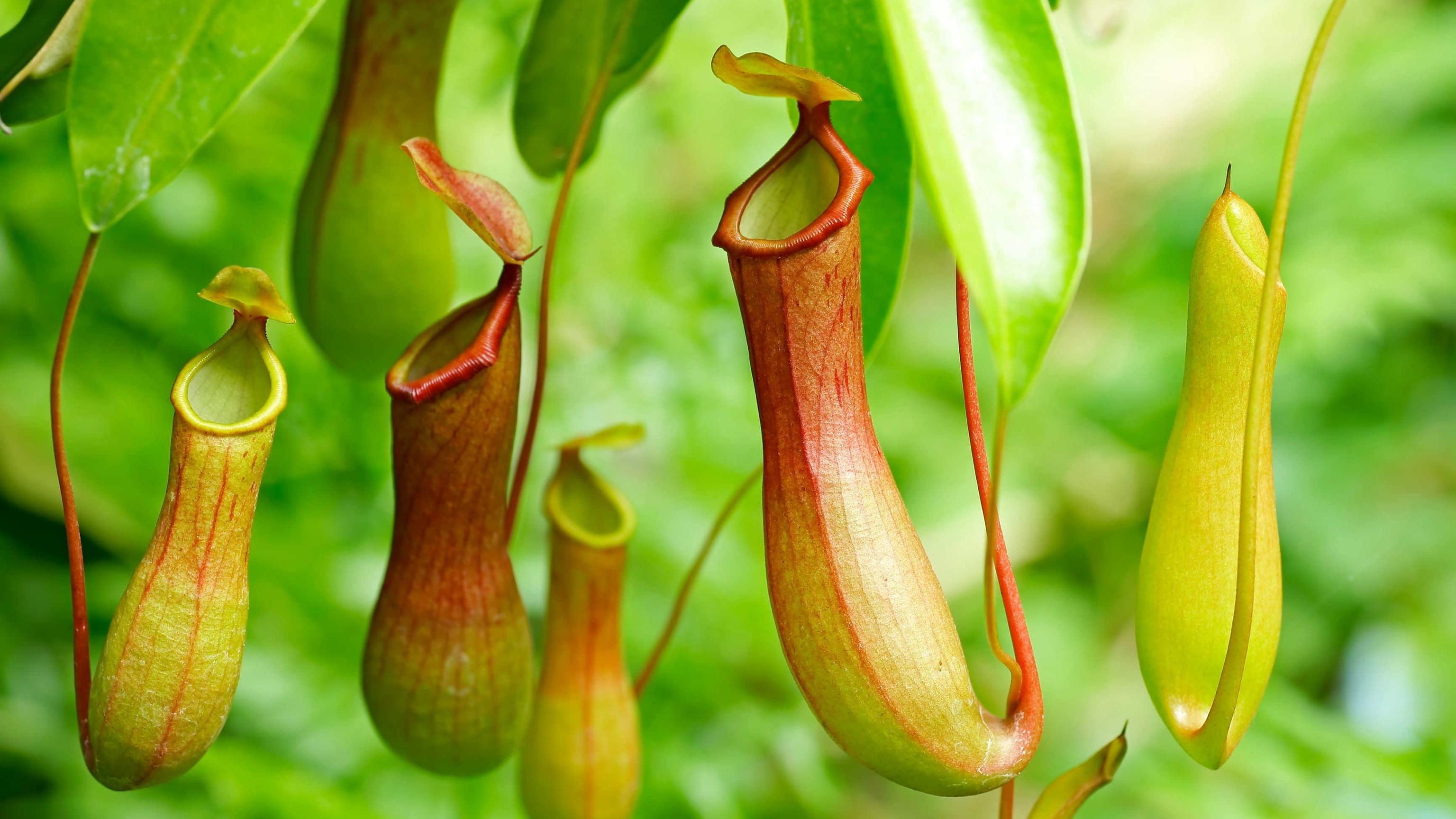
- Why It Repels Bees: Pitcher plants trap and digest insects, naturally reducing bee activity in the area.
- Best Uses: Ideal for outdoor gardens where you want to minimize insect presence, including bees.
- Additional Benefits: They help control other insect populations by acting as a natural trap.
- Growing Conditions: Requires partial sun and consistently moist, acidic soil.
- Cautions or Drawbacks: Needs specialized care and can be challenging to grow in non-tropical environments.
14. Fennel
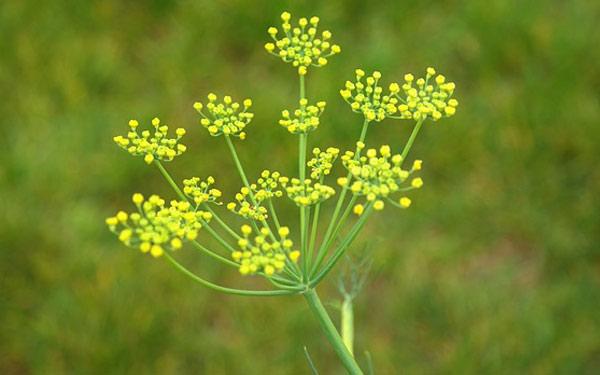
- Why It Repels Bees: Fennel’s strong, anise-like scent is not attractive to bees.
- Best Uses: Plant in garden borders or around vegetable gardens to reduce bee activity.
- Additional Benefits: Fennel is edible and used in many culinary dishes for its flavor and medicinal properties.
- Growing Conditions: Thrives in full sun with well-drained soil.
- Cautions or Drawbacks: Fennel can be invasive, spreading quickly if not managed properly.
15. Rosemary

- Why It Repels Bees: Rosemary has a strong, woody aroma that bees find unappealing.
- Best Uses: Plant near walkways, patios, or as a decorative shrub around your garden.
- Additional Benefits: Rosemary is commonly used in cooking and has medicinal benefits.
- Growing Conditions: Prefers full sun and well-drained soil; drought-tolerant once established.
- Cautions or Drawbacks: Can become woody and overgrown if not pruned regularly.
16. Lavender

- Why It Repels Bees: Although lavender oil attracts some bees for pollen, the strong scent can deter them in high concentrations.
- Best Uses: Plant in borders around outdoor living spaces or use dried lavender in sachets or sprays to repel bees.
- Additional Benefits: Lavender is known for its calming properties and can be used in aromatherapy or dried for potpourri.
- Growing Conditions: Thrives in full sun and well-drained soil, tolerates drought well.
- Cautions or Drawbacks: While it repels bees in concentrated form, it may still attract bees if grown in large amounts for their flowers.
17. Bay Leaves
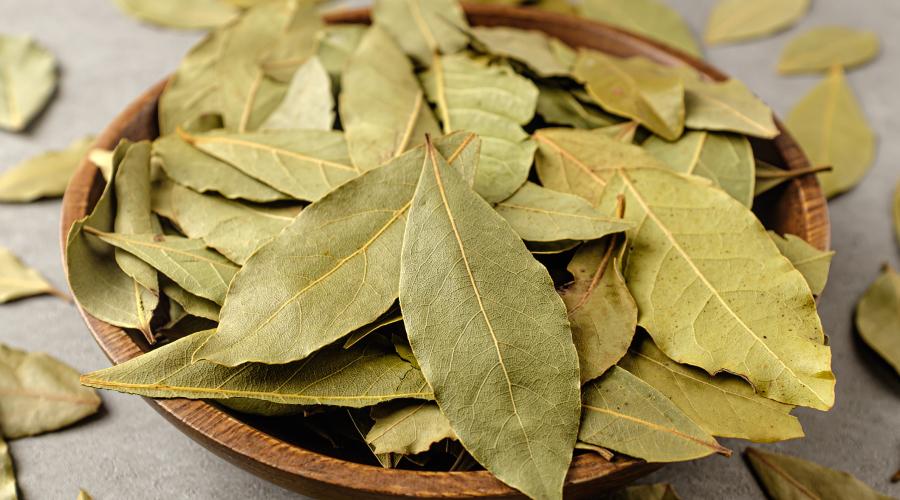
- Why It Repels Bees: The strong scent of bay leaves is unpleasant for bees, making them avoid the area.
- Best Uses: Plant near outdoor dining areas or windows to keep bees at bay.
- Additional Benefits: Bay leaves can be used in cooking, particularly in soups, stews, and sauces.
- Growing Conditions: Requires full sun and well-drained soil; prefers warm climates.
- Cautions or Drawbacks: Slow-growing and may require patience for it to reach a useful size.
18. Peppermint
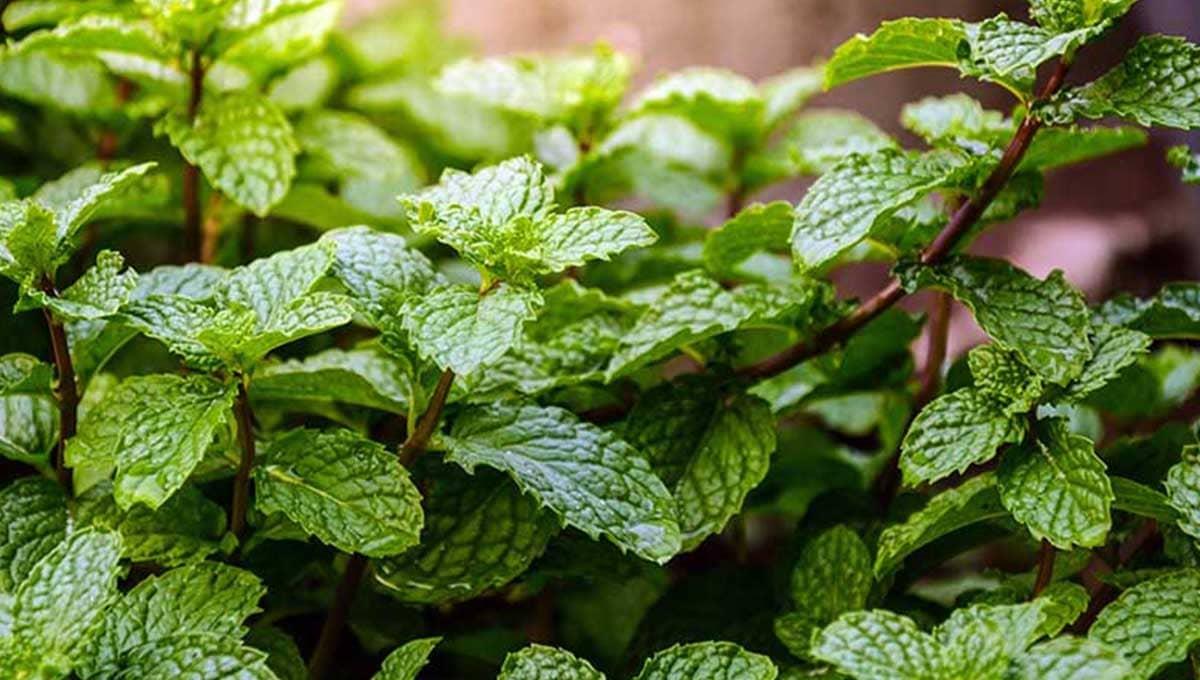
- Why It Repels Bees: Peppermint’s sharp, minty aroma is overwhelming for bees, acting as a natural deterrent.
- Best Uses: Plant around patios or use peppermint oil in outdoor areas to repel bees.
- Additional Benefits: Peppermint is edible and used to make teas, oils, and cooking. It also repels other insects, such as mosquitoes and ants.
- Growing Conditions: Grows best in full sun to partial shade with moist, well-drained soil.
- Cautions or Drawbacks: Peppermint can spread quickly and become invasive if not controlled.
19. Tansy

- Why It Repels Bees: Tansy’s strong, pungent odor is disliked by bees and other insects.
- Best Uses: Plant near garden borders or outdoor seating areas to keep bees and other pests away.
- Additional Benefits: Known to repel flies, mosquitoes, and ants as well.
- Growing Conditions: Thrives in full sun with well-drained soil and is drought-tolerant.
- Cautions or Drawbacks: Tansy is toxic to pets and humans if ingested, so it should be handled with care.
20. Chrysanthemums

- Why It Repels Bees: Chrysanthemums contain pyrethrum, a natural insect repellent that bees and other insects avoid.
- Best Uses: Plant in garden beds or around patios to repel bees, mosquitoes, and other insects.
- Additional Benefits: Chrysanthemums also repel fleas, ticks, and roaches.
- Growing Conditions: It requires full sun, well-drained soil, and blooms in late summer and fall.
- Cautions or Drawbacks: It can be toxic to pets if ingested and needs regular pruning for optimal growth.
21. Nasturtiums
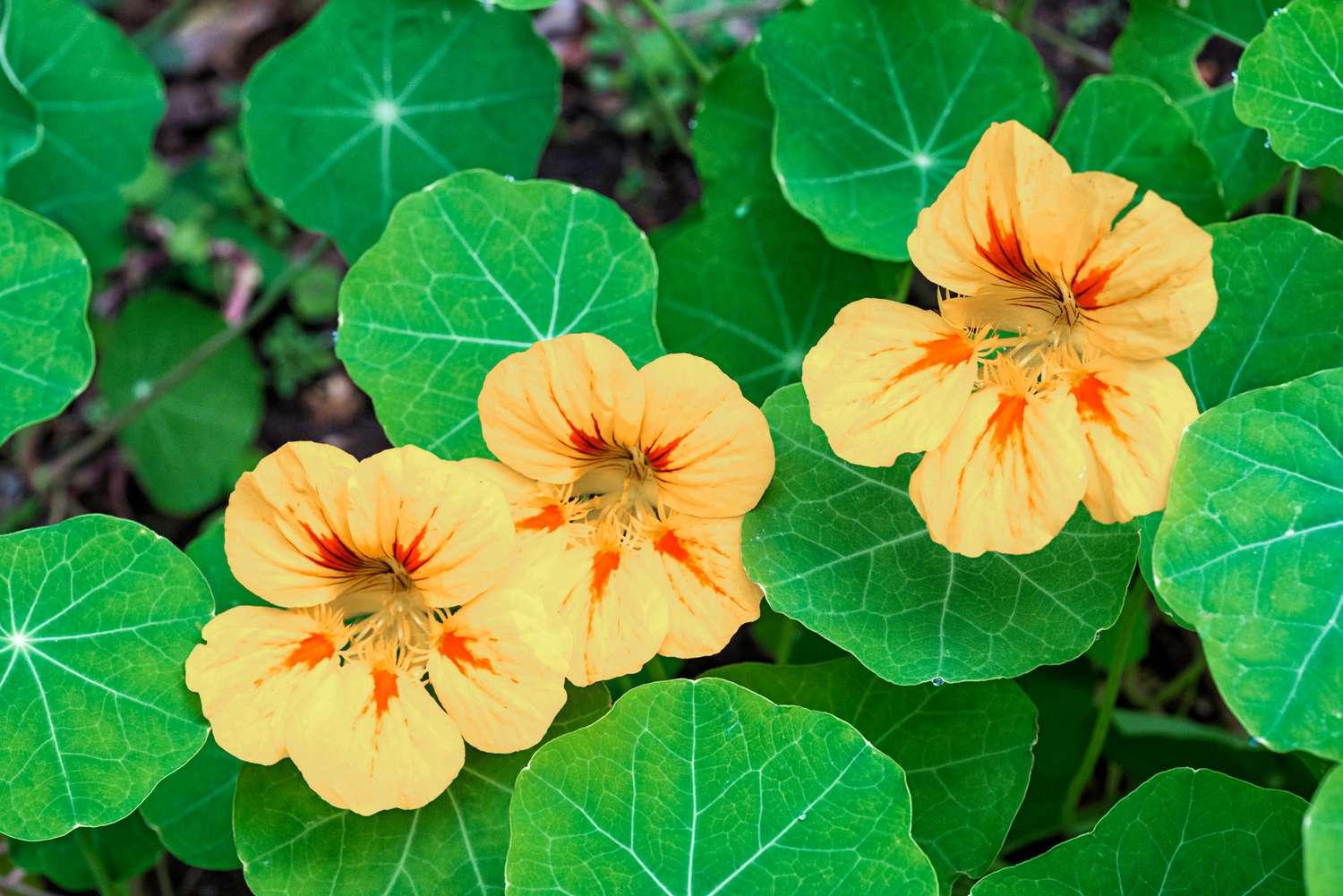
- Why It Repels Bees: Nasturtiums have a spicy, peppery aroma that discourages bees from approaching.
- Best Uses: Perfect for planting around vegetable gardens or outdoor seating areas to reduce bee activity.
- Additional Benefits: Nasturtium flowers are edible and can be used in salads or as garnishes.
- Growing Conditions: Grows best in full sun with well-drained soil; can thrive in poor soil.
- Cautions or Drawbacks: Requires regular watering and pruning to prevent sprawling.
22. Sage
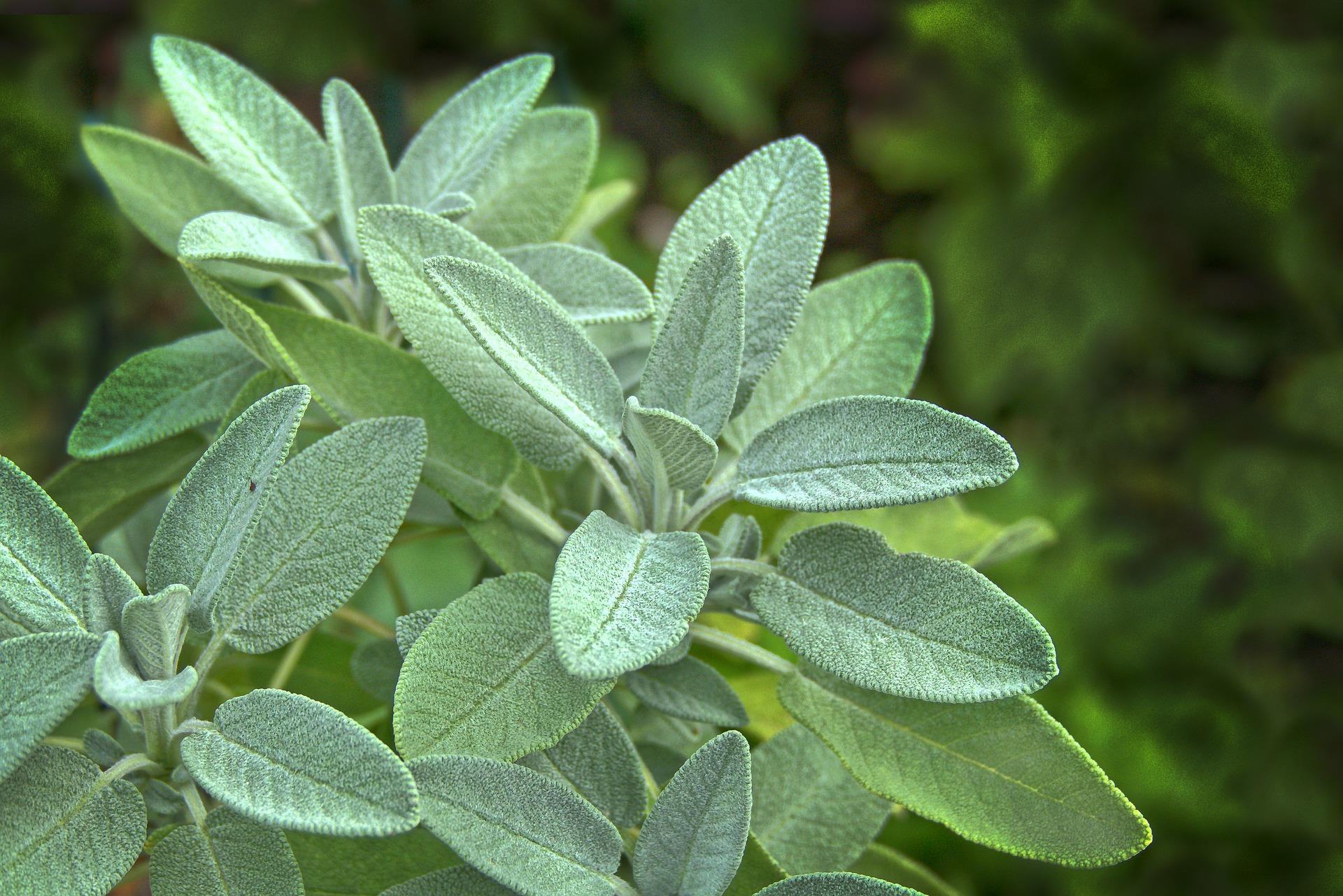
- Why It Repels Bees: Sage’s strong, earthy scent deters bees from the area.
- Best Uses: Plant near walkways, patios, or outdoor seating areas to create a bee-free zone.
- Additional Benefits: Sage is edible and widely used in cooking, particularly in savory dishes.
- Growing Conditions: Prefers full sun and well-drained soil; drought-tolerant once established.
- Cautions or Drawbacks: Sage can become woody over time if not pruned regularly.
23. Rue

- Why It Repels Bees: Rue releases a strong, unpleasant odor that repels bees and other insects.
- Best Uses: Plant near outdoor living spaces or in garden borders to keep bees away.
- Additional Benefits: Rue can also repel fleas, lice, and other pests.
- Growing Conditions: Grows well in full sun with dry, well-drained soil.
- Cautions or Drawbacks: Rue can be toxic to humans and pets if ingested, and it may cause skin irritation.
24. Catnip
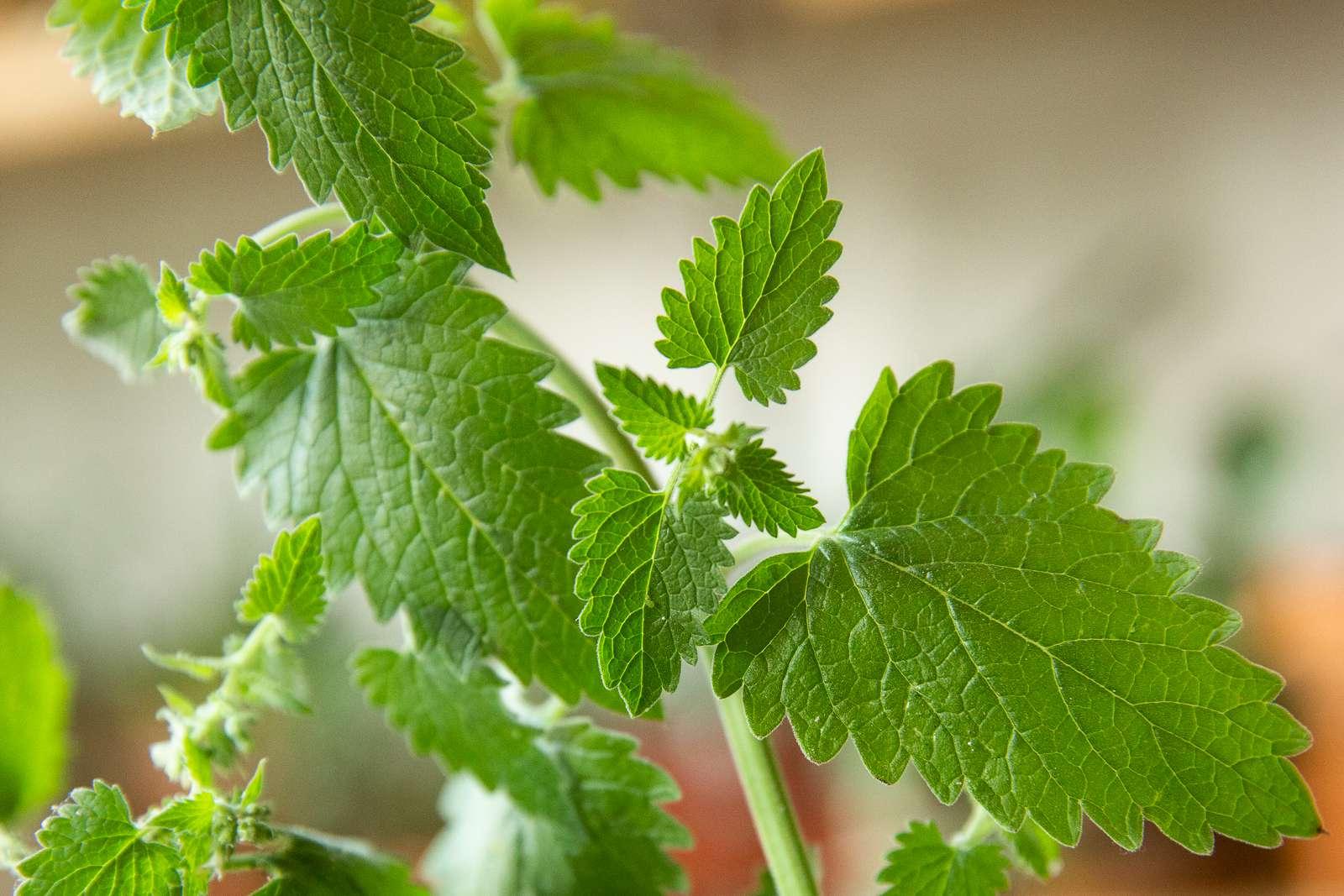
- Why It Repels Bees: The strong scent of catnip contains nepetalactone, a compound that bees find unattractive.
- Best Uses: Plant around patios, garden beds, or outdoor areas where you want to repel bees.
- Additional Benefits: Catnip is known to repel mosquitoes and flies while attracting cats.
- Growing Conditions: Thrives in full sun to partial shade with well-drained soil.
- Cautions or Drawbacks: It can spread aggressively if not contained and may attract too many neighborhood cats.
25. Allium (Garlic, Onions)
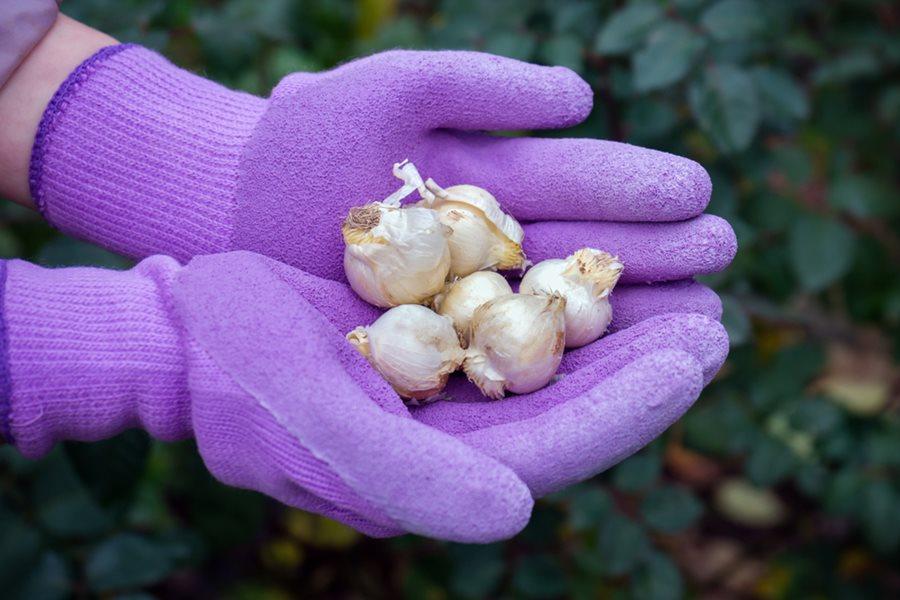
- Why It Repels Bees: Allium plants, such as garlic and onions, produce a strong sulfurous odor that deters bees.
- Best Uses: Plant around vegetable gardens or outdoor seating areas to reduce bee presence.
- Additional Benefits: Allium plants are edible and used in a wide variety of culinary dishes.
- Growing Conditions: Prefers full sun with well-drained soil.
- Cautions or Drawbacks: The strong scent may also repel some beneficial insects and might not be desirable in ornamental gardens.
Conclusion
Using natural plants to repel bees is an effective and eco-friendly way to create a more comfortable outdoor space.
You can enjoy your garden or patio without worrying about bees by incorporating plants like citronella, mint, and lavender.
Many of these plants offer additional benefits, such as repelling other insects, providing culinary uses, or enhancing your garden’s aesthetic.
Whether you’re planting them in pots, garden beds, or around your patio, these bee-repelling plants will help create a balanced outdoor environment.
Plus, with so many options available, you can choose plants that suit your gardening needs and personal preferences.




